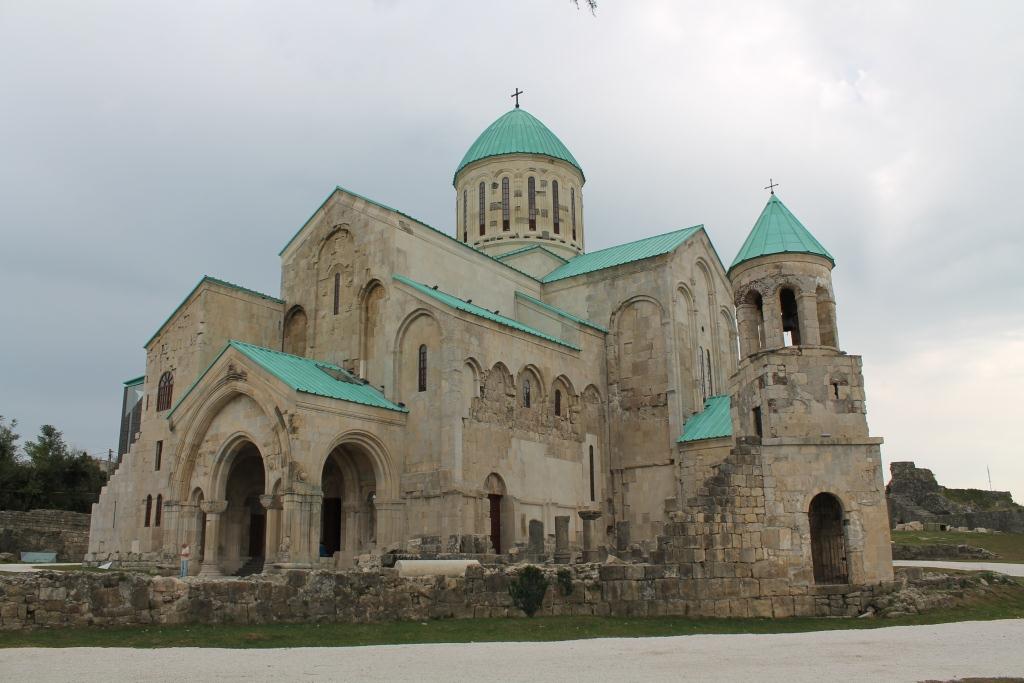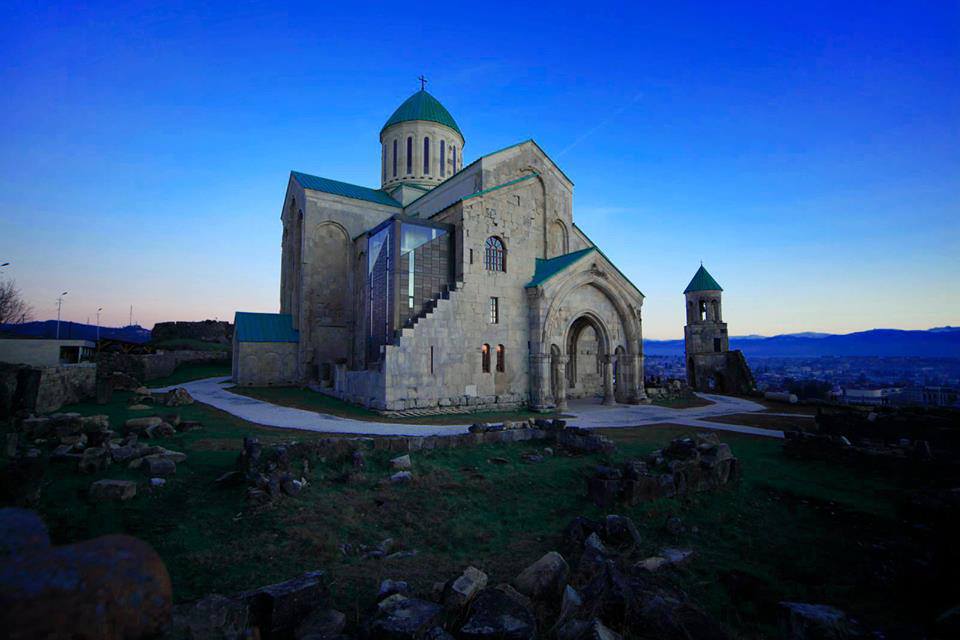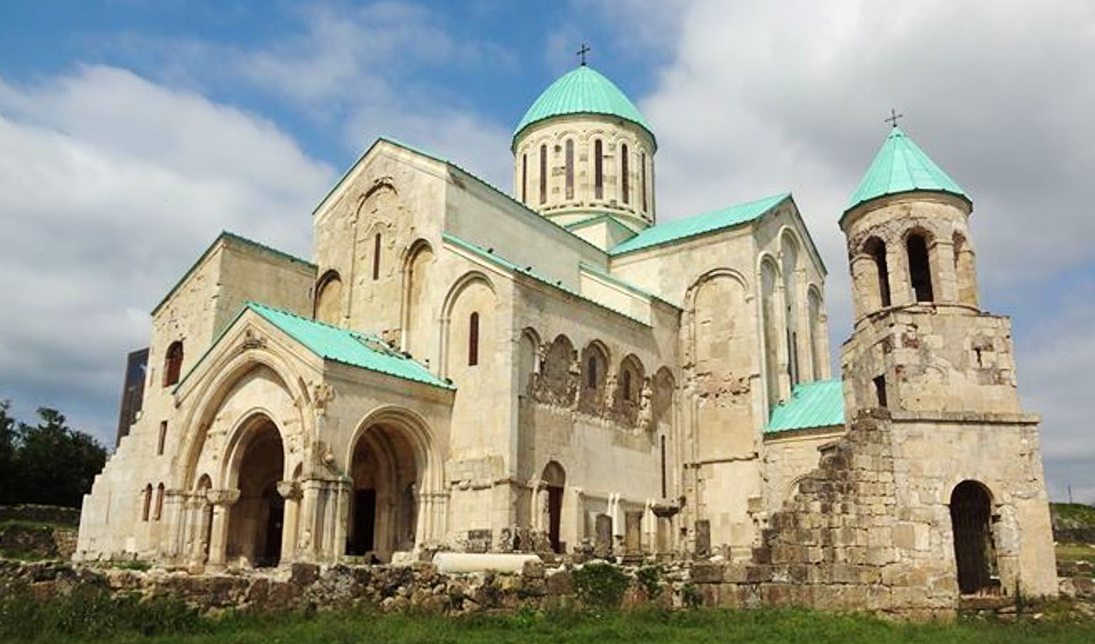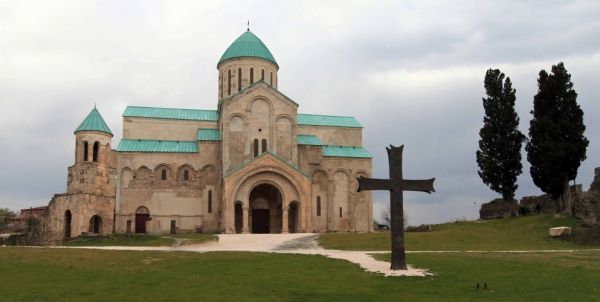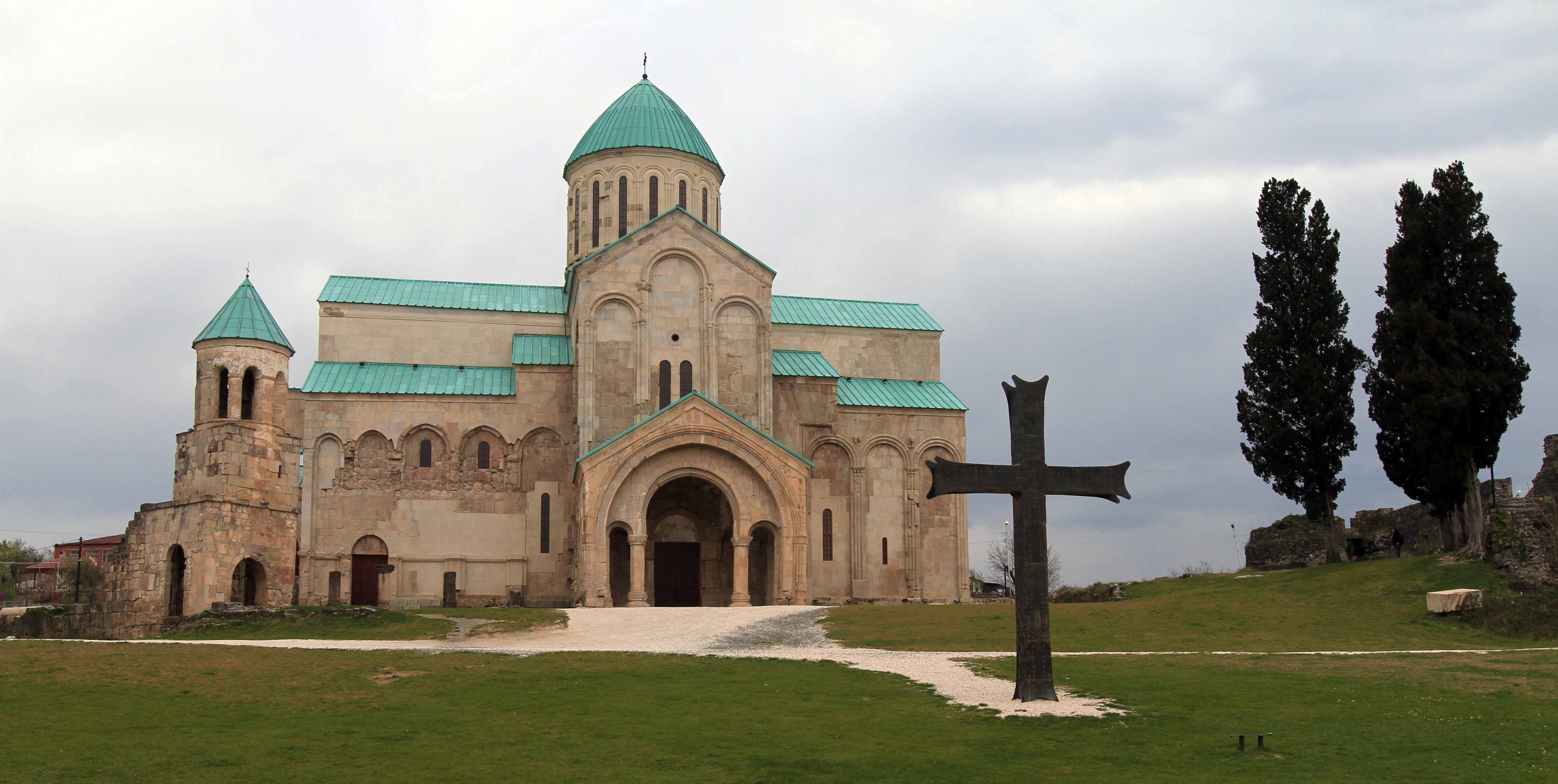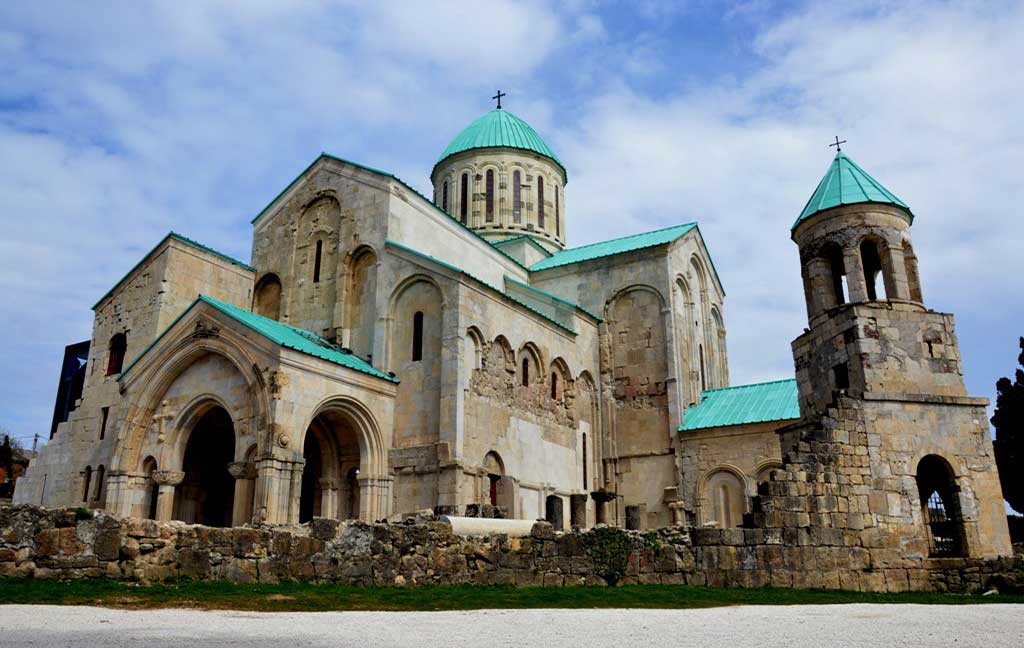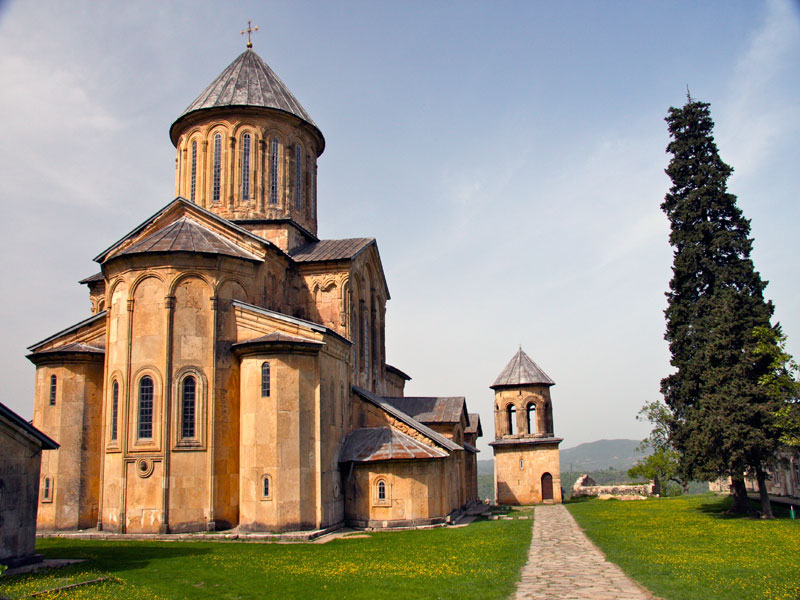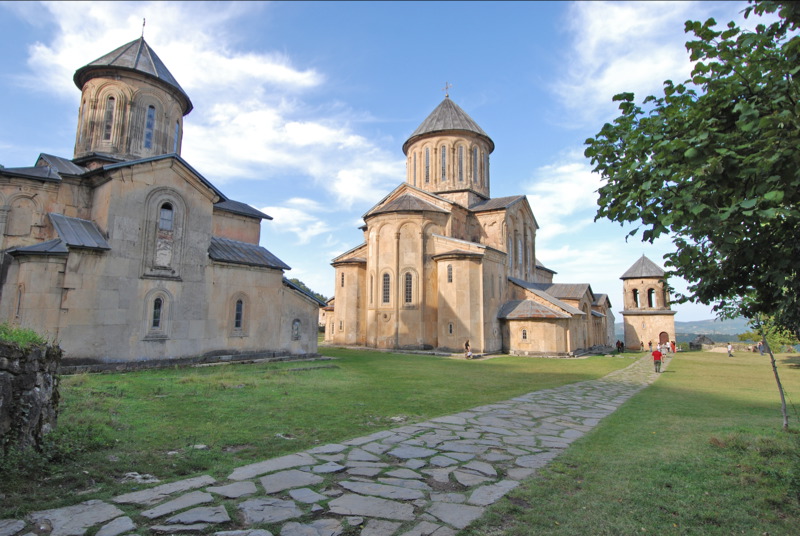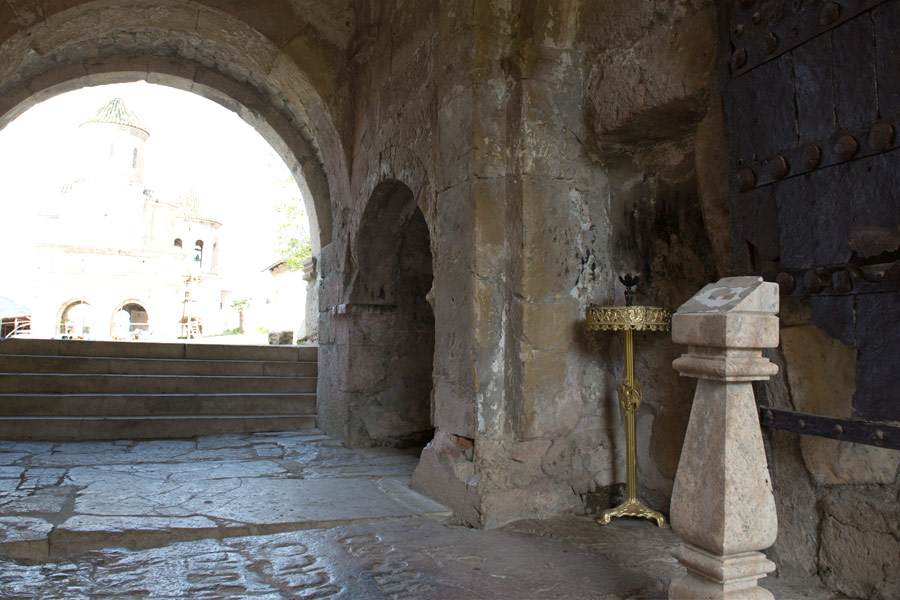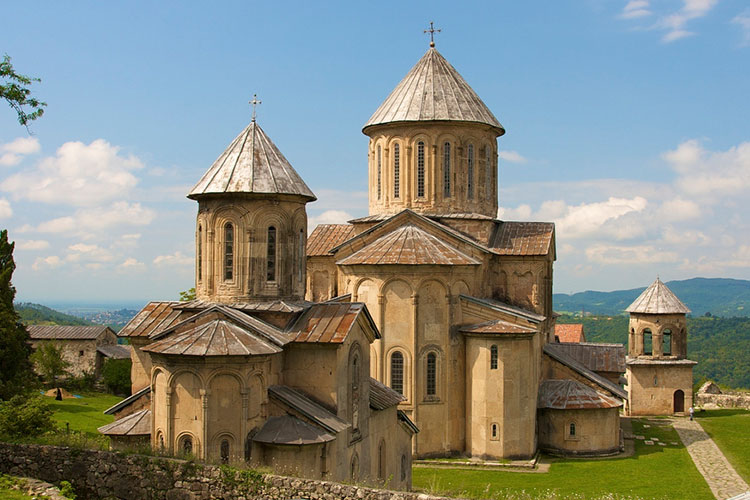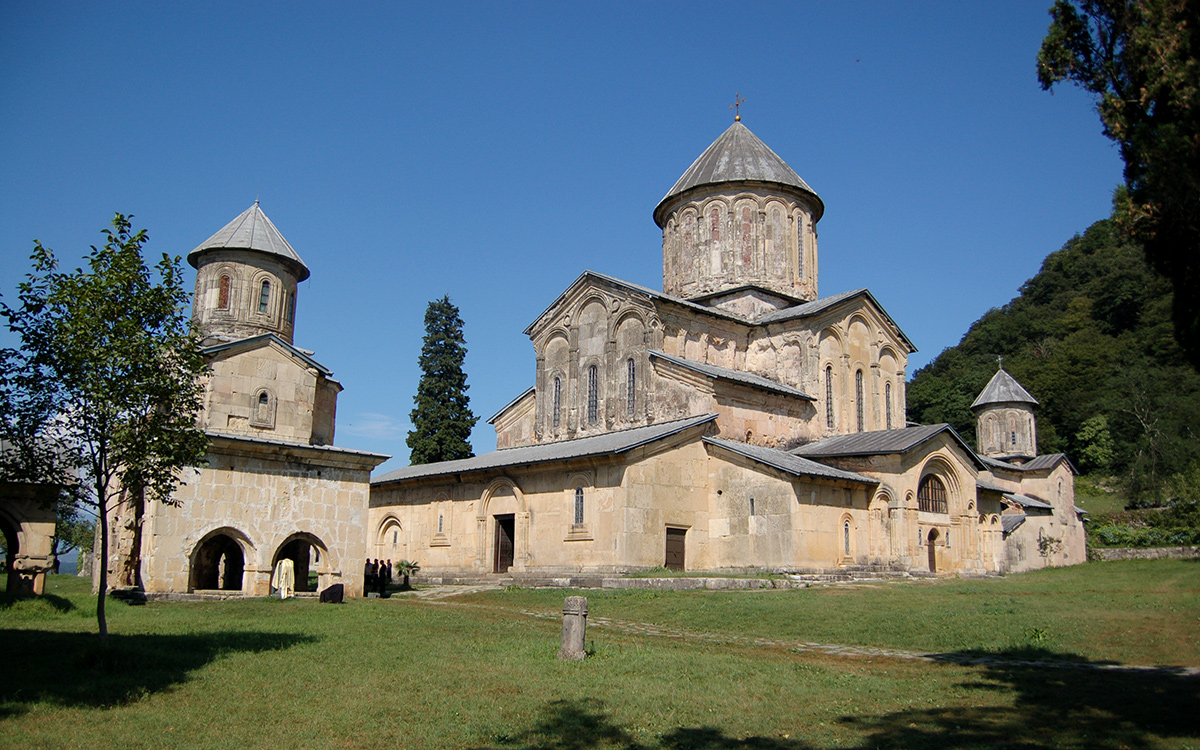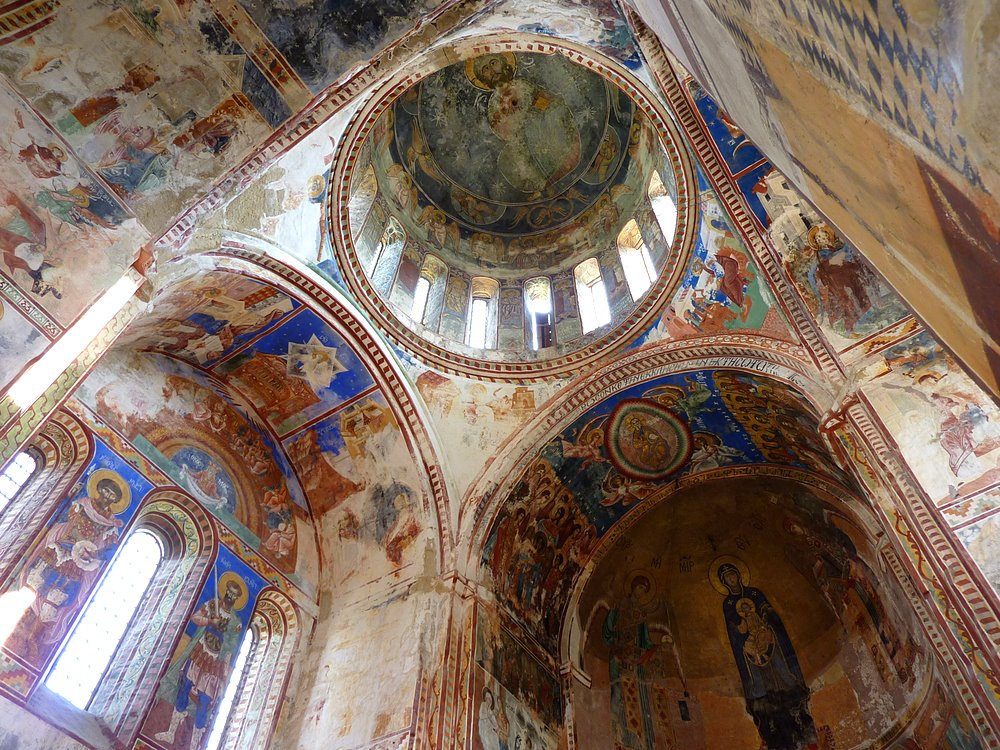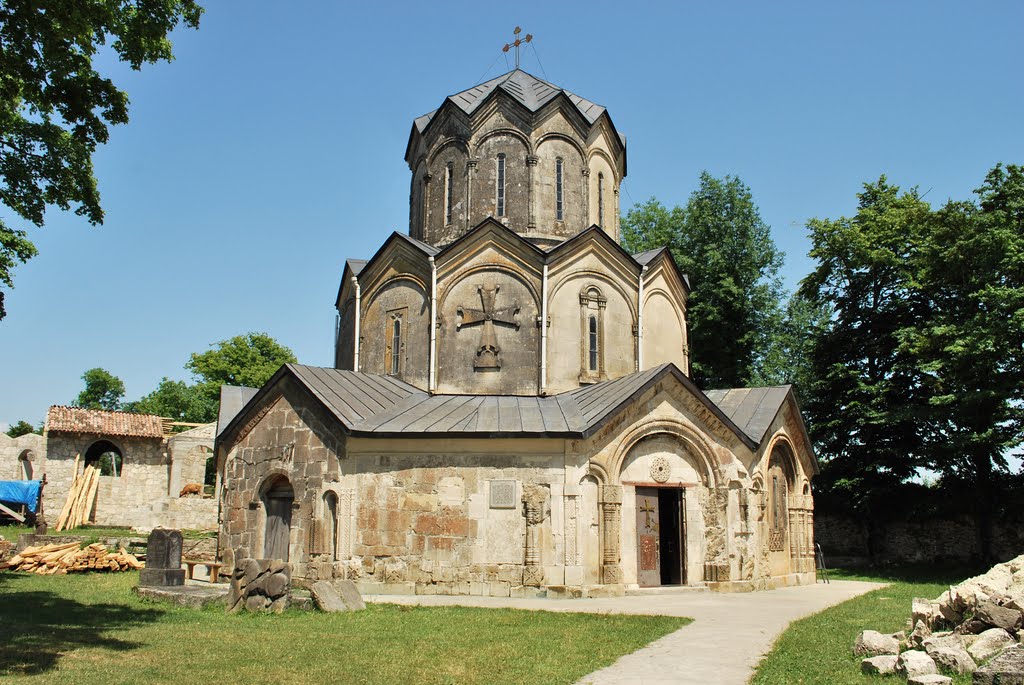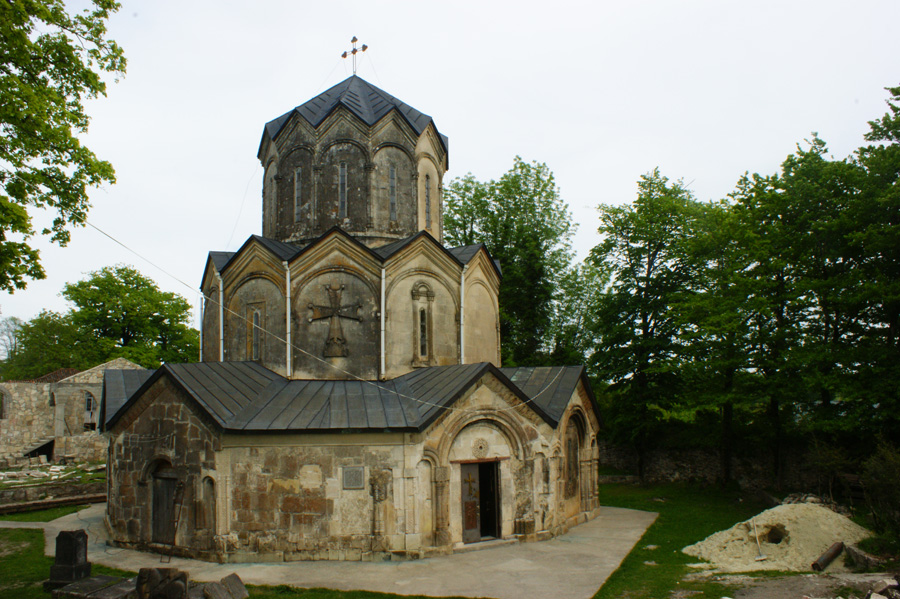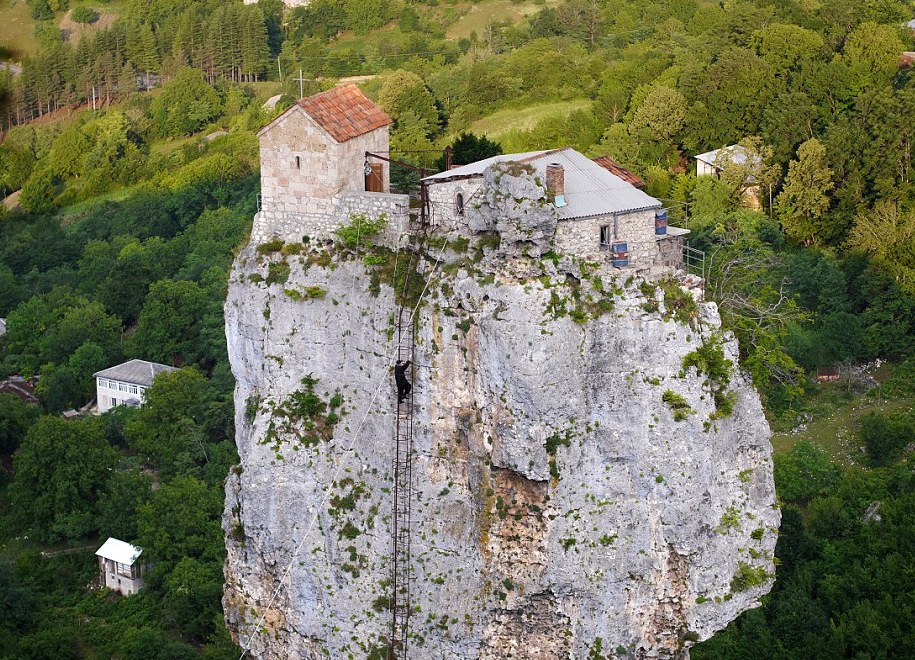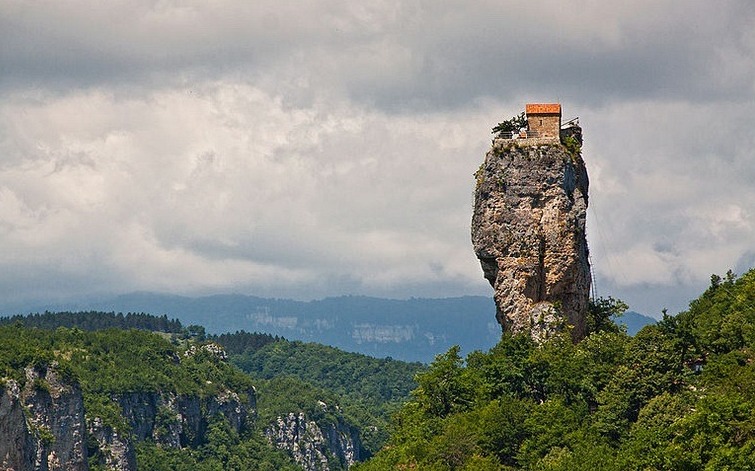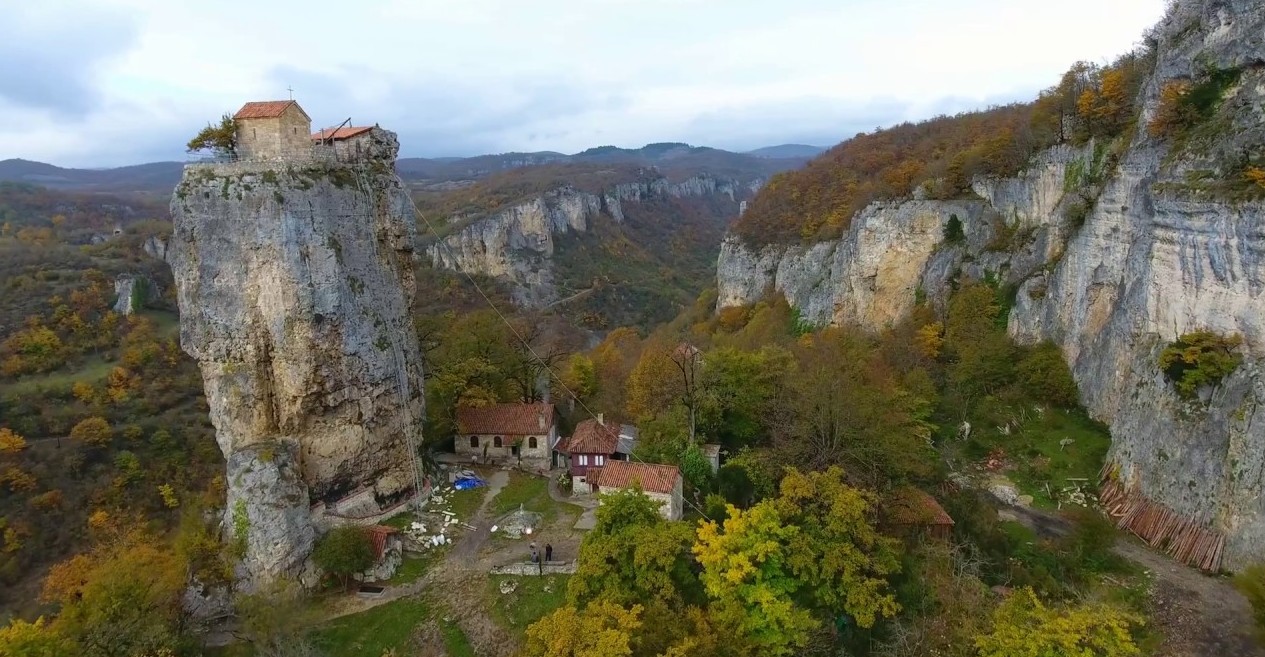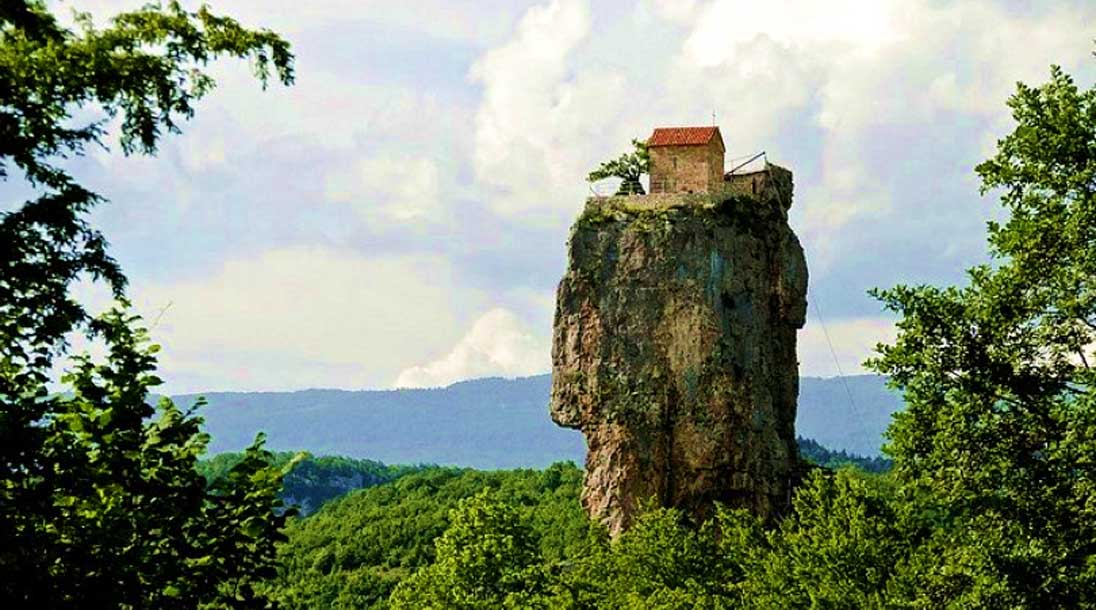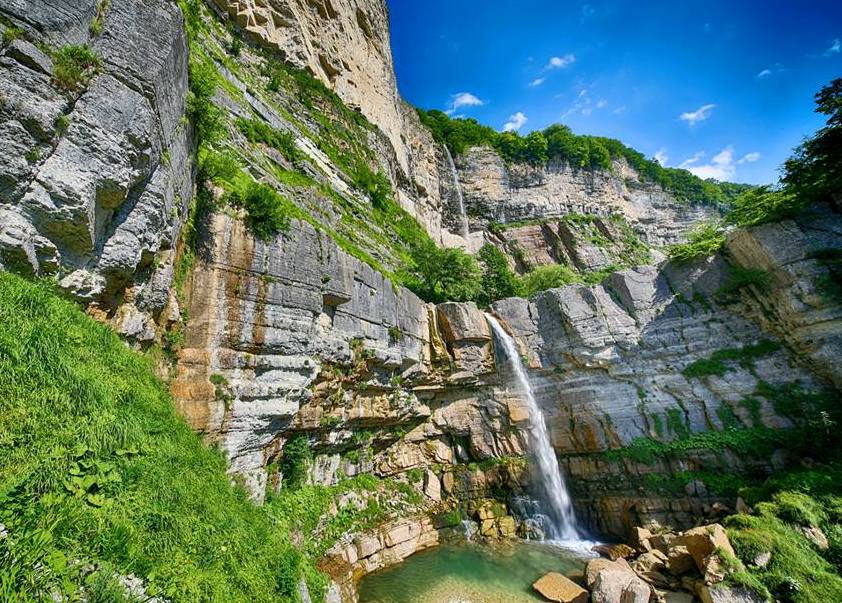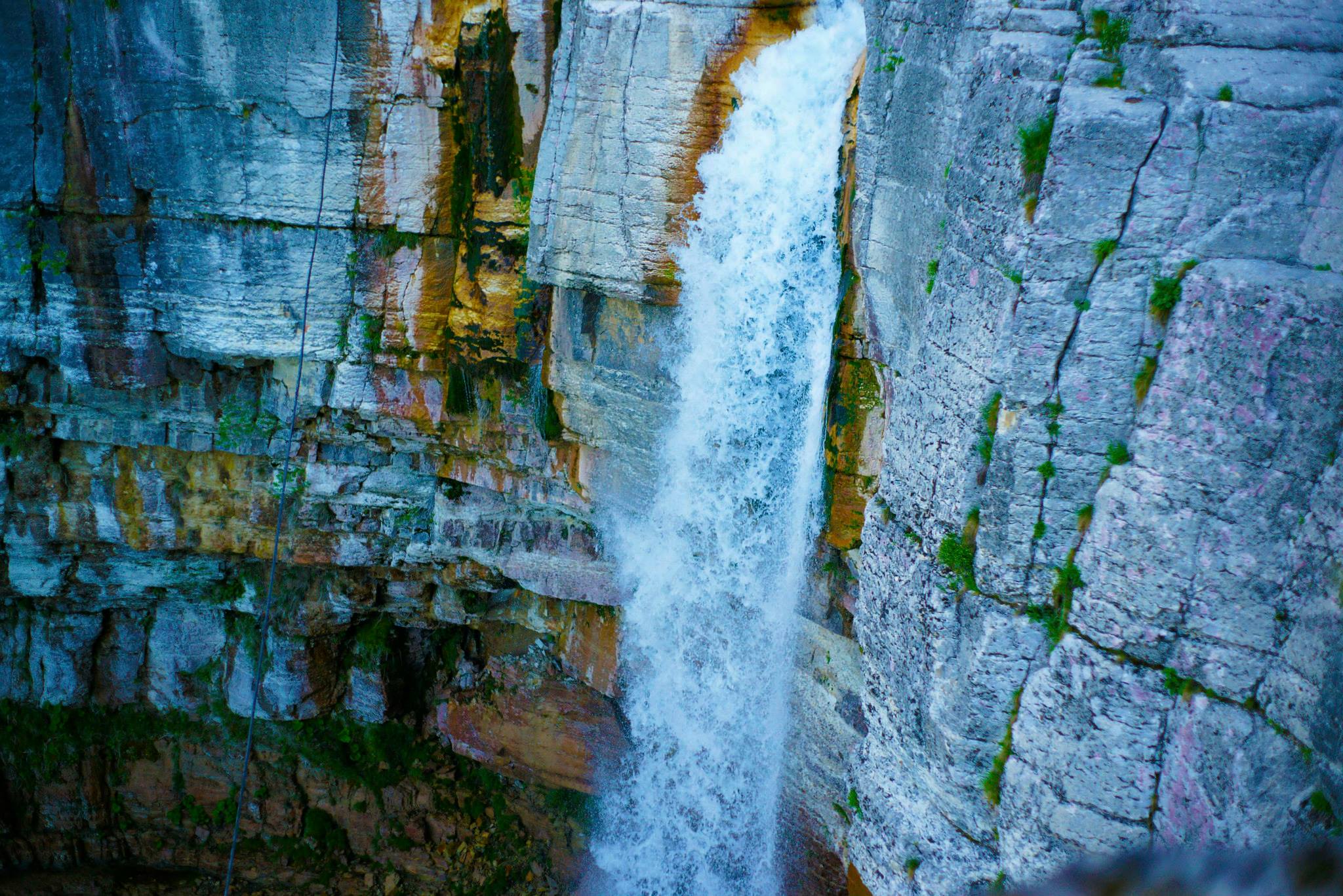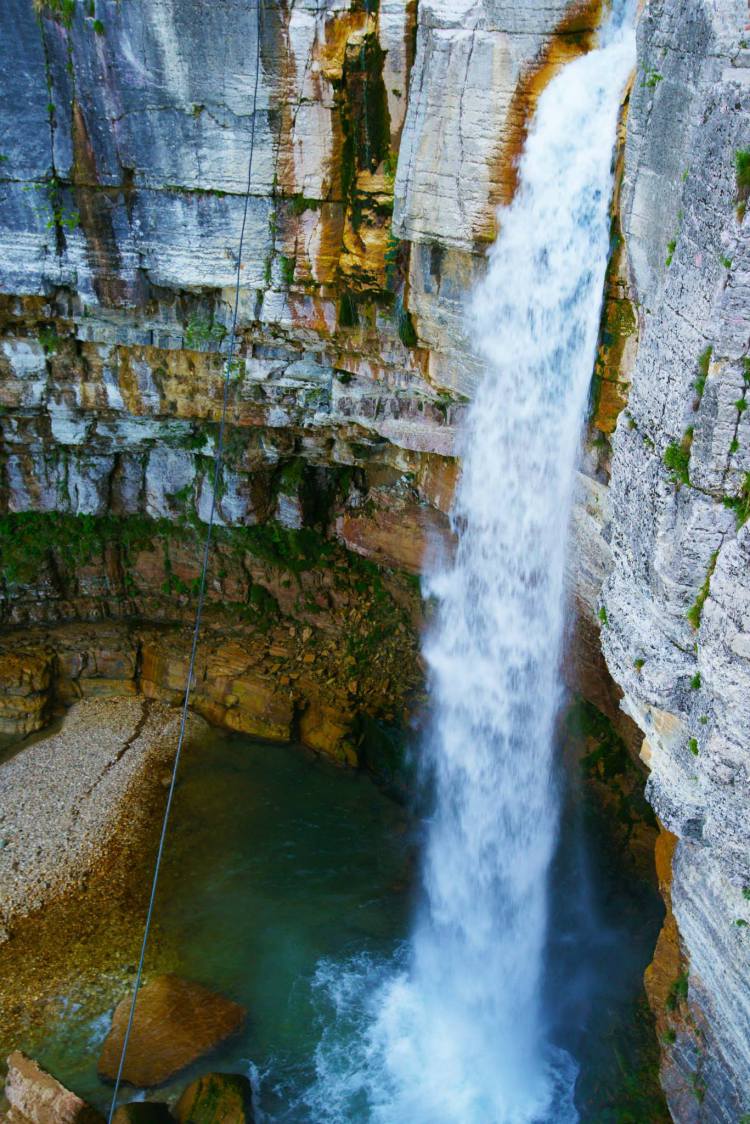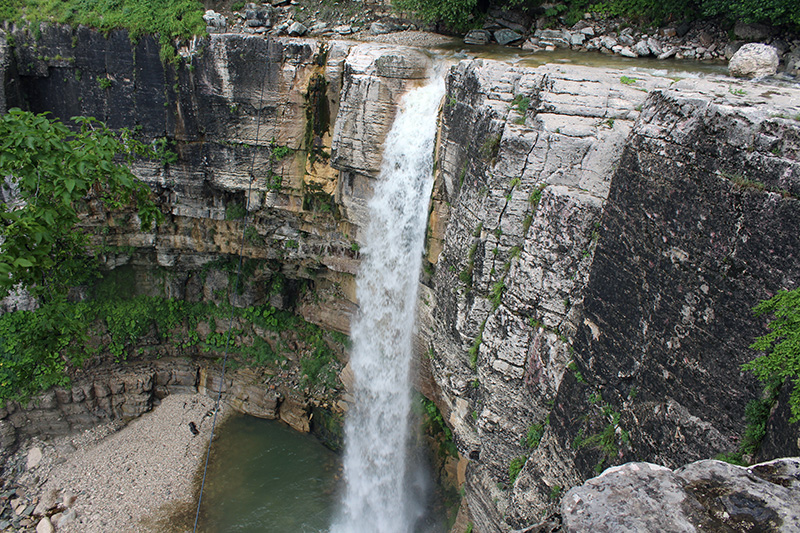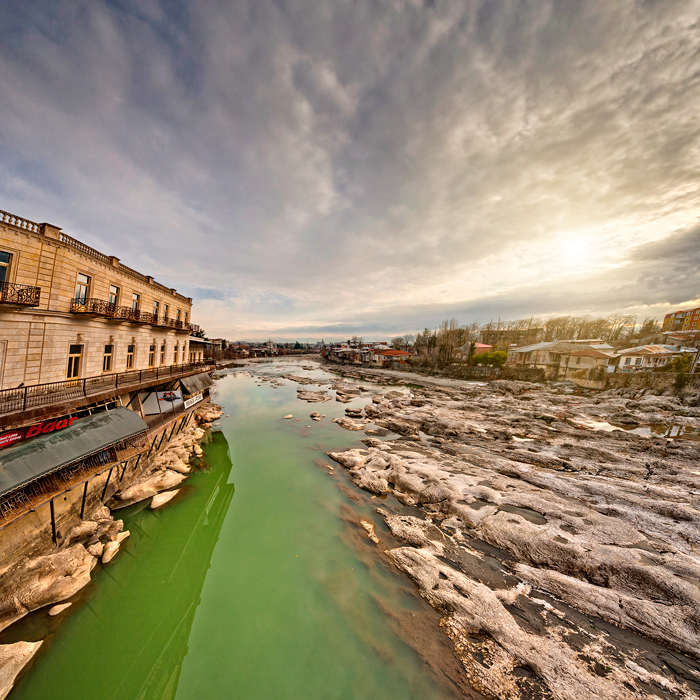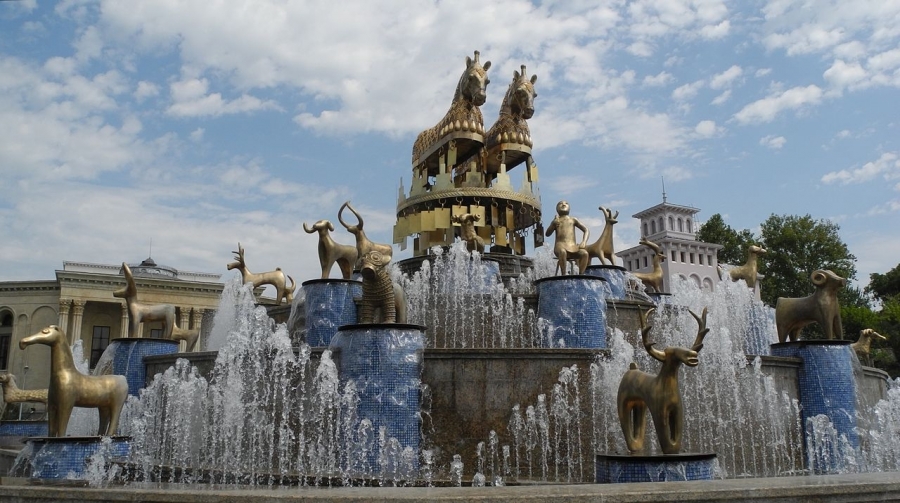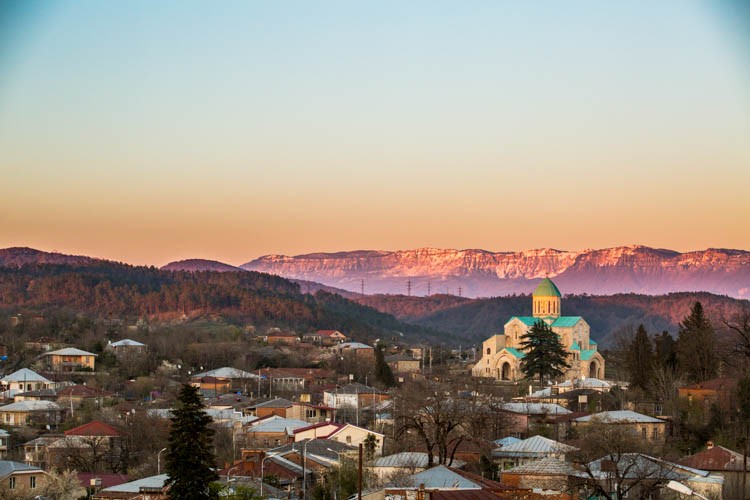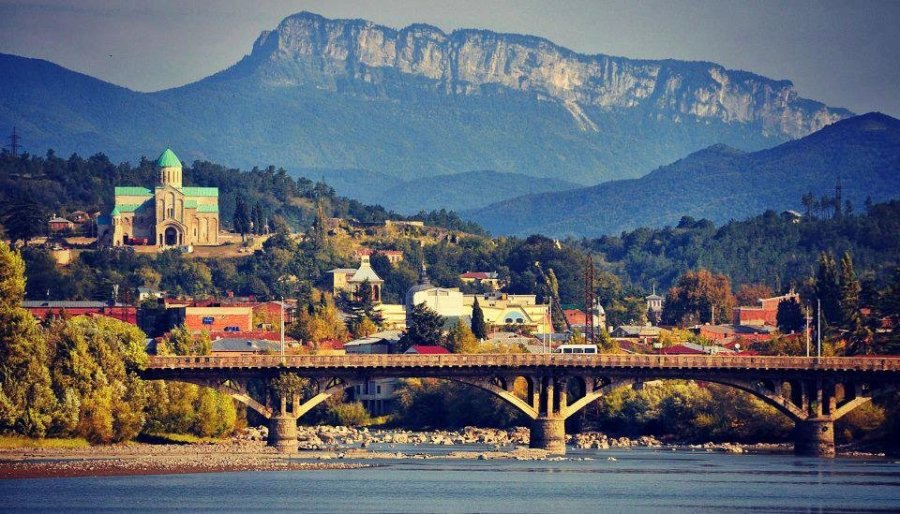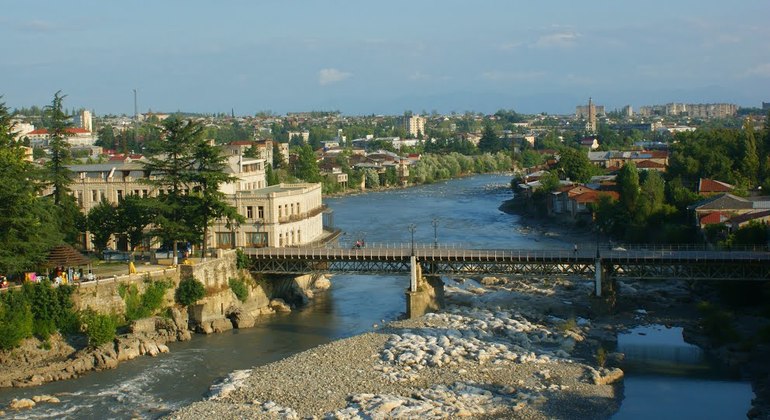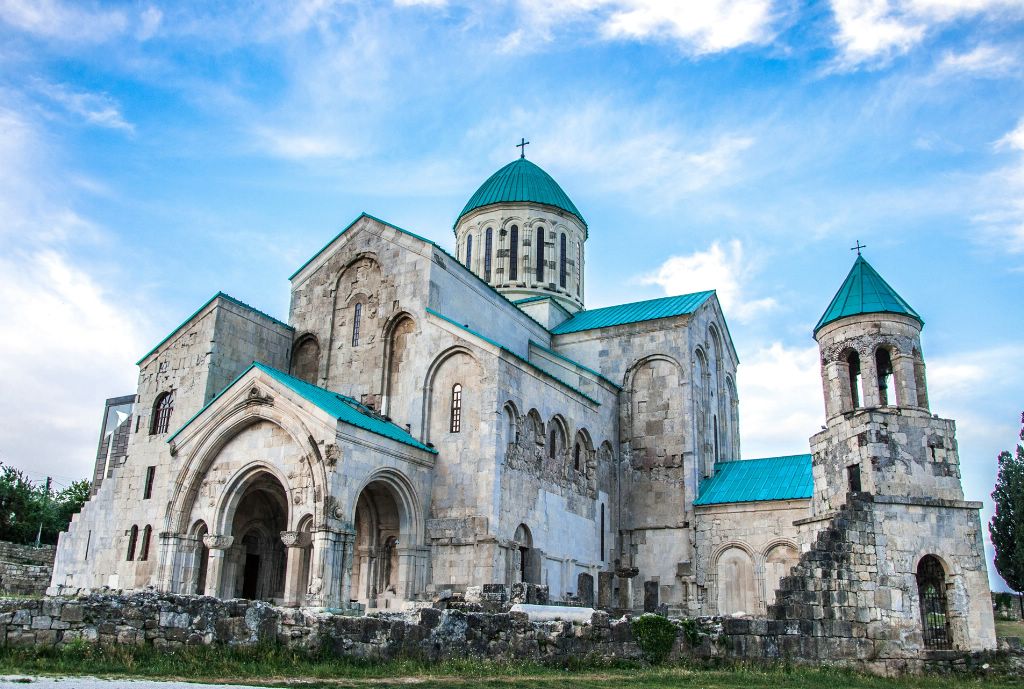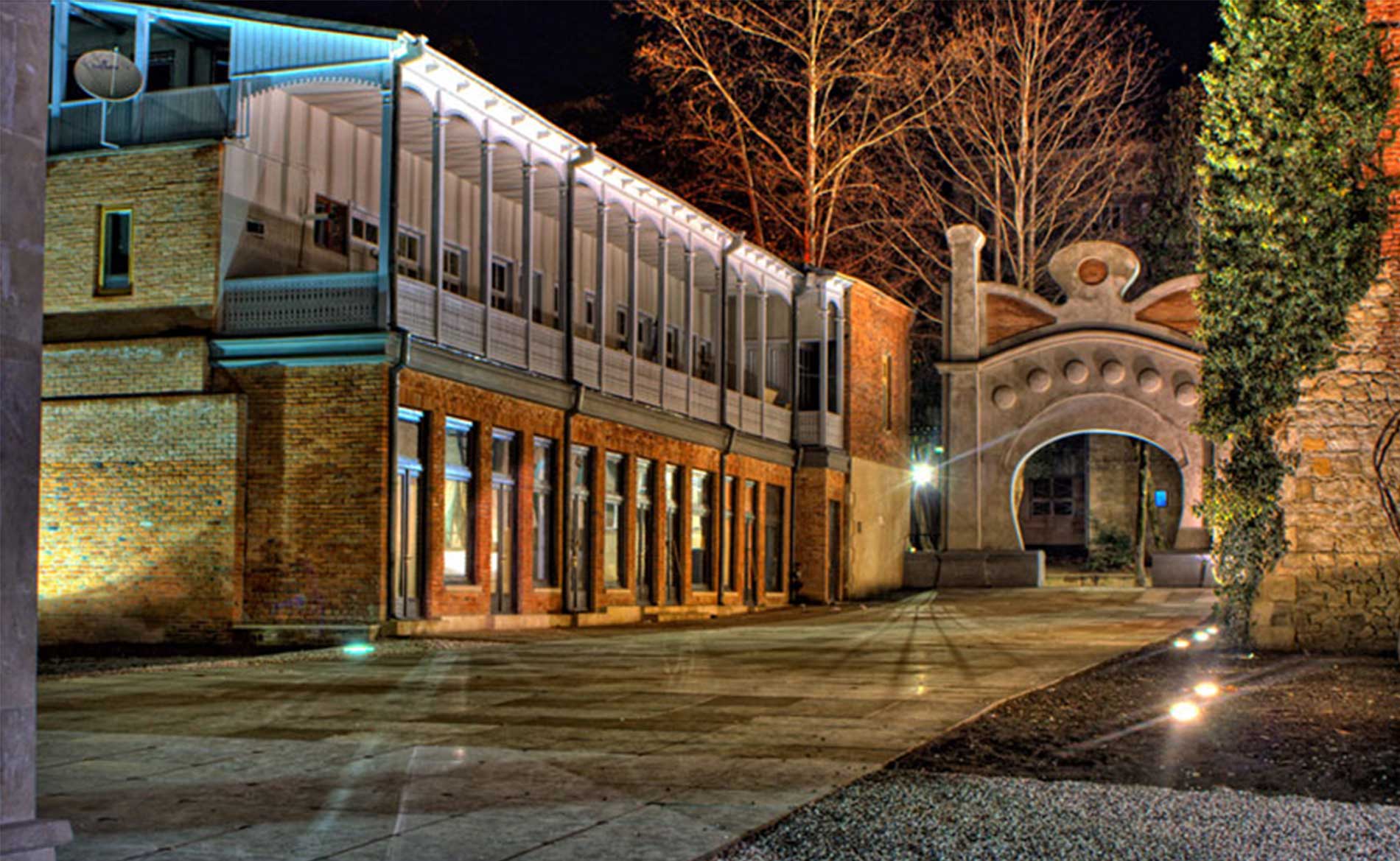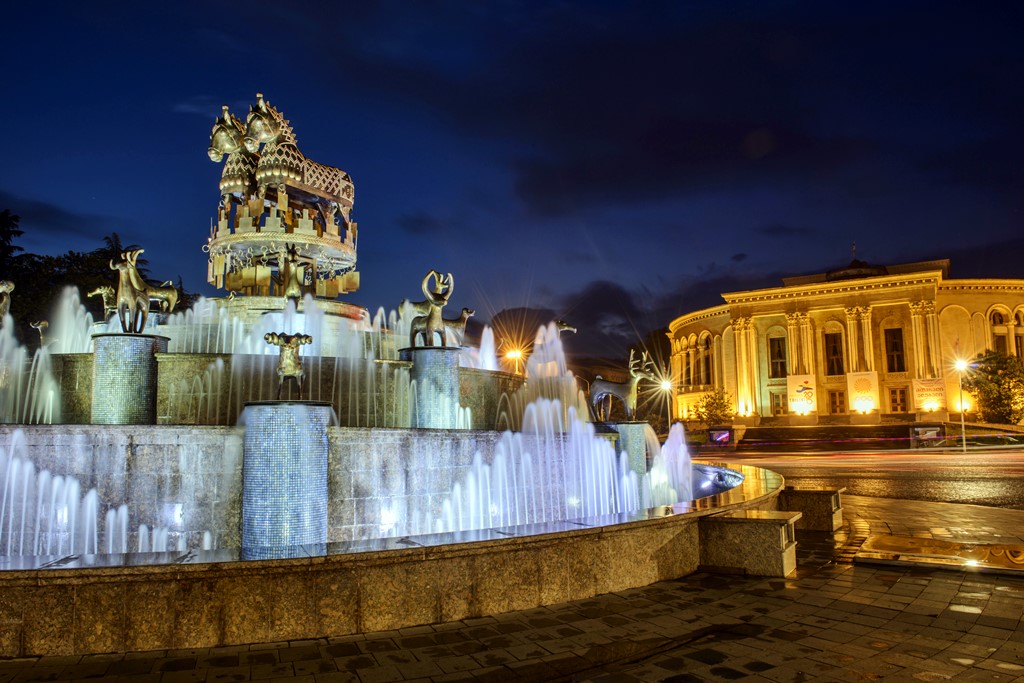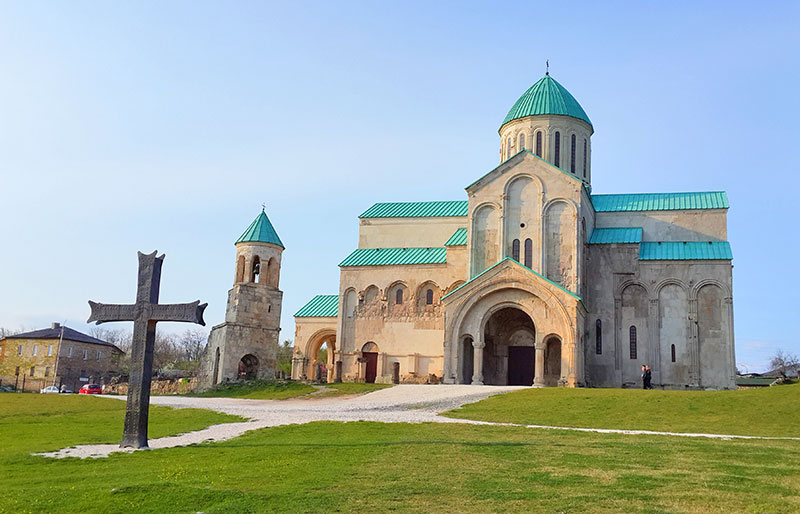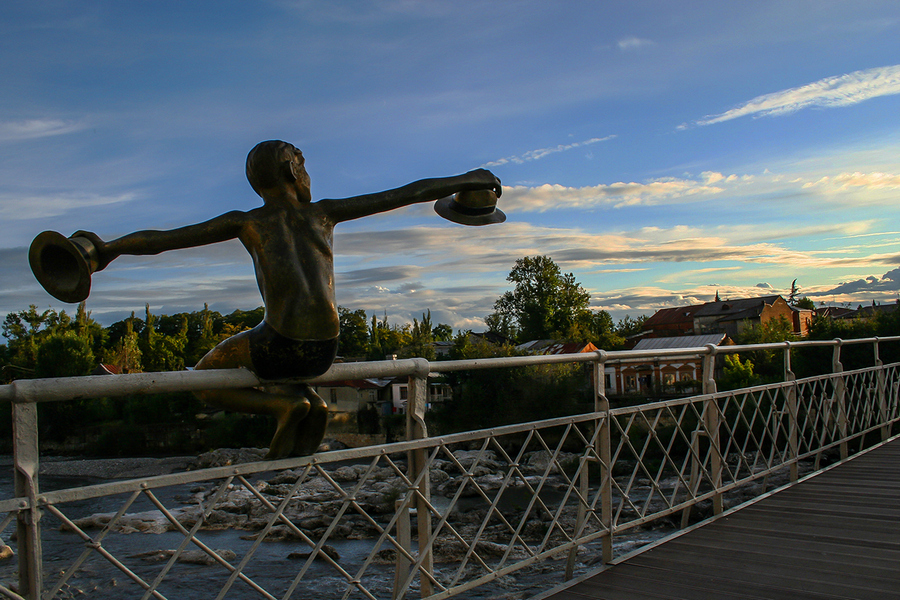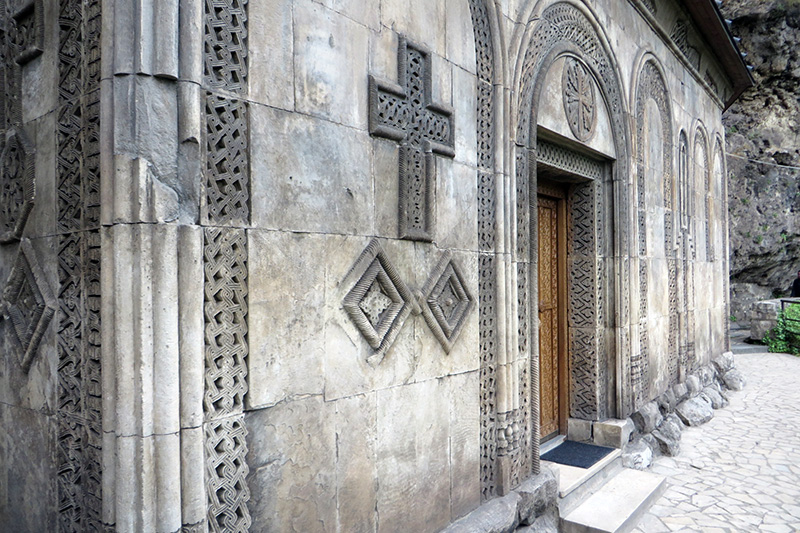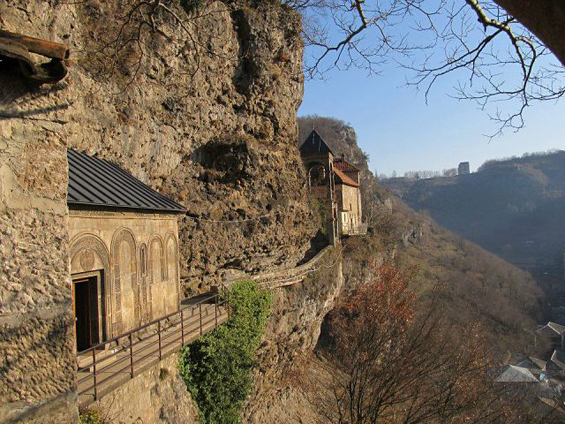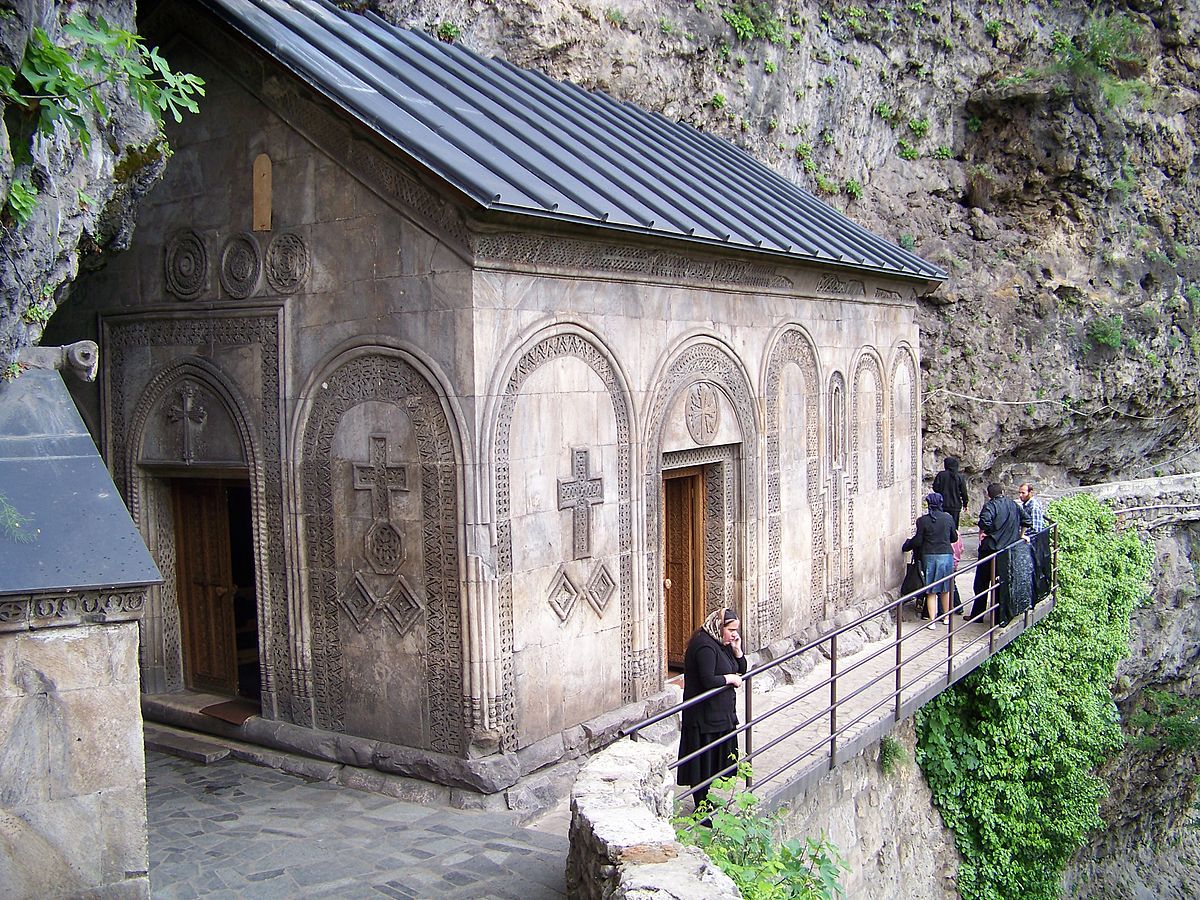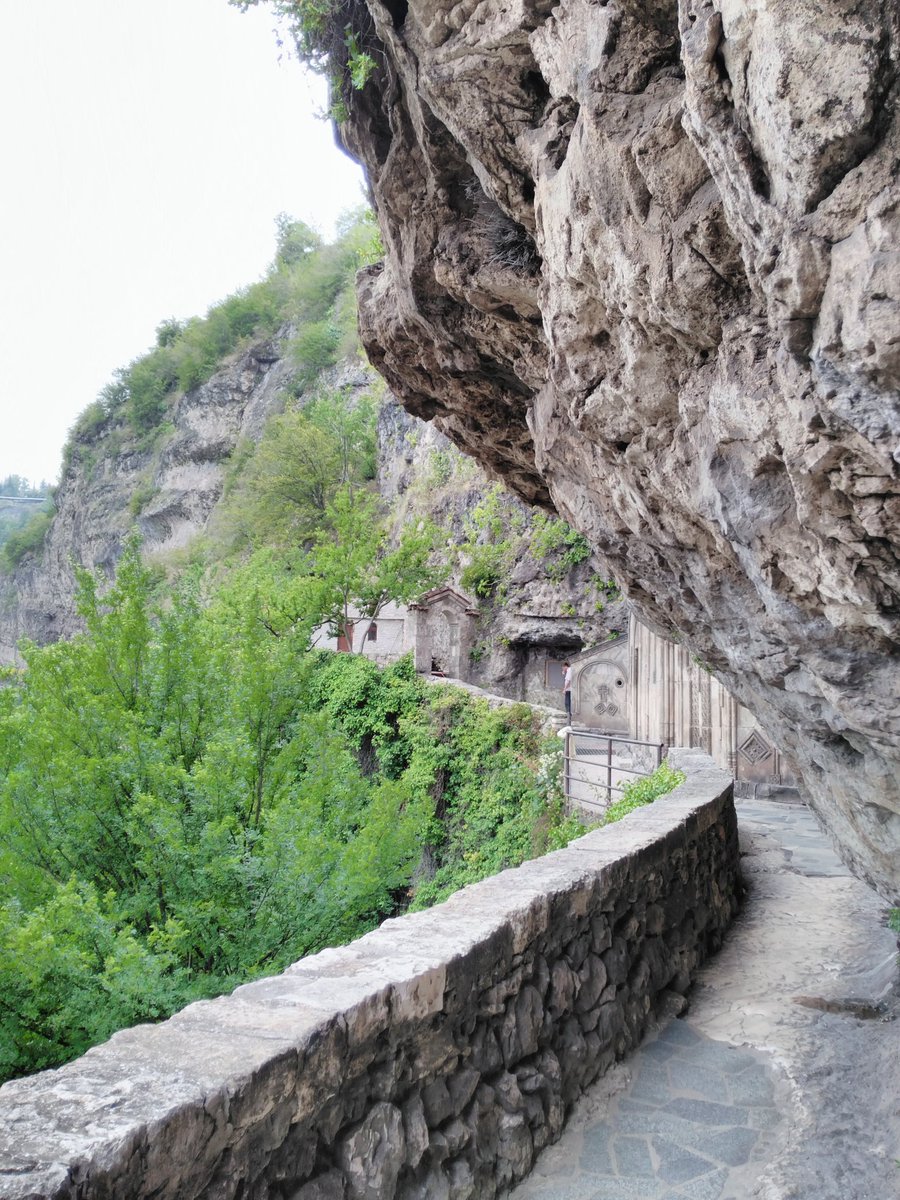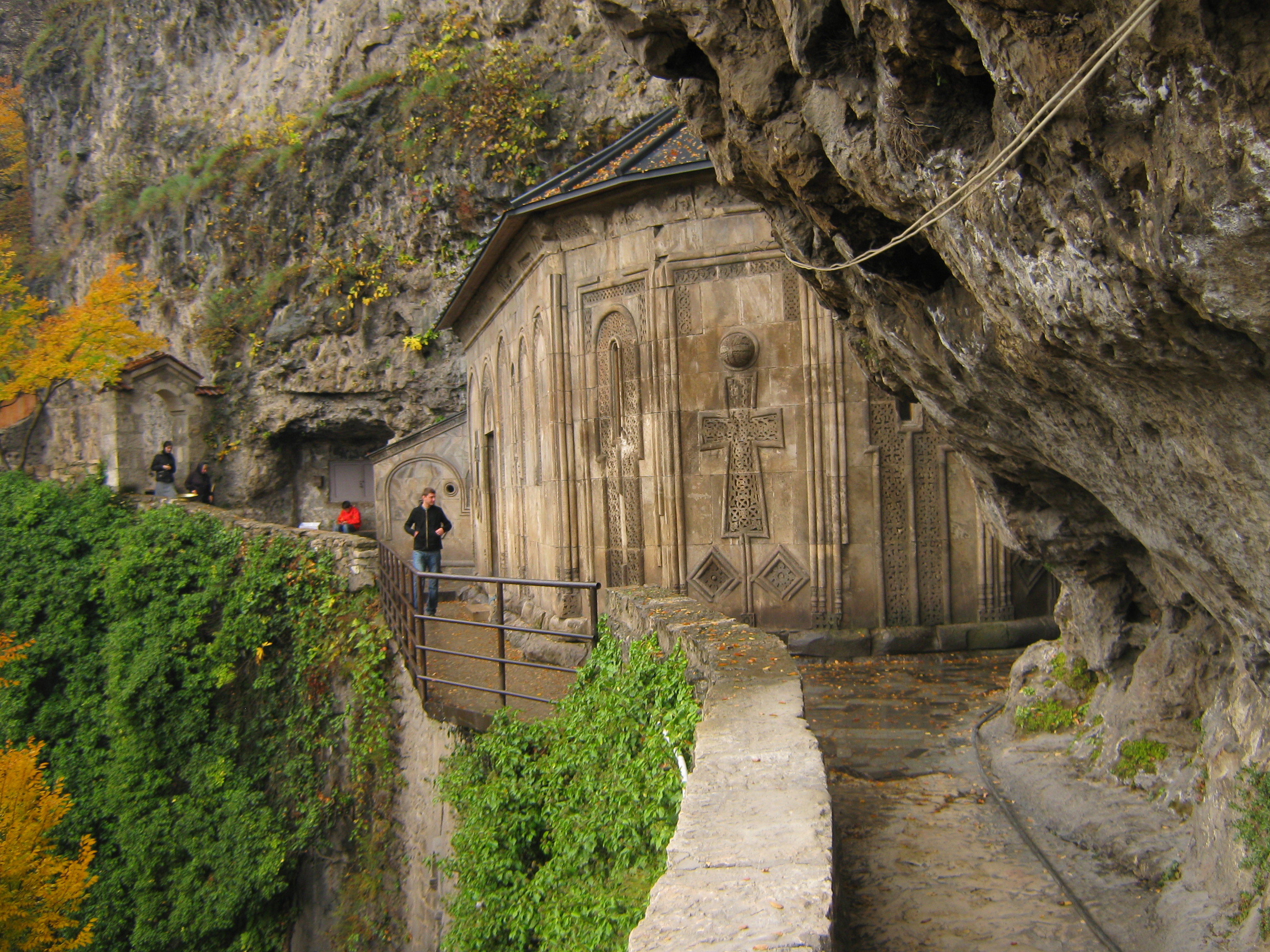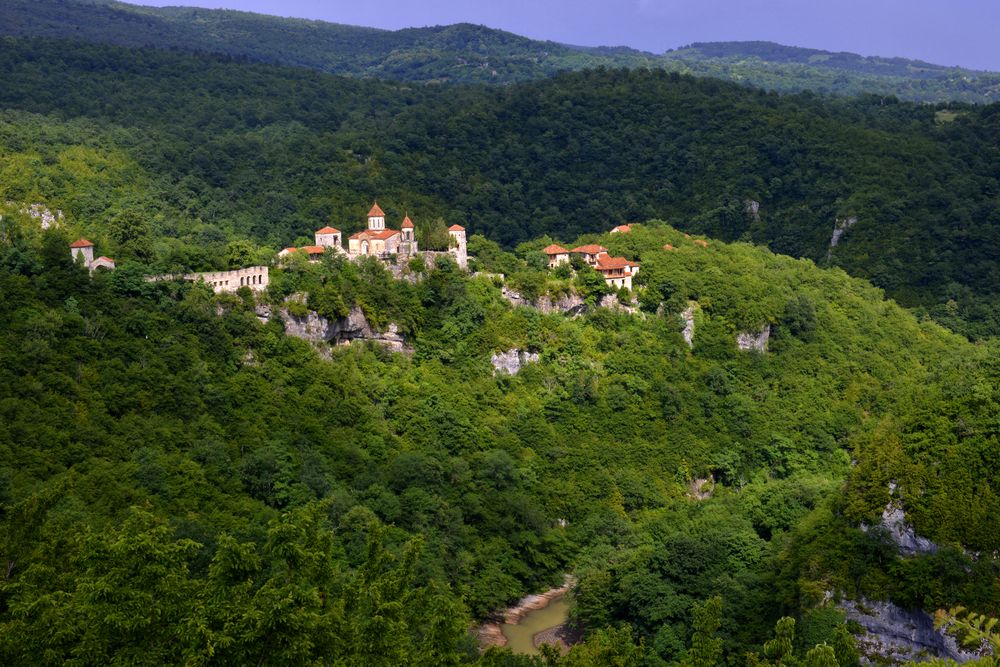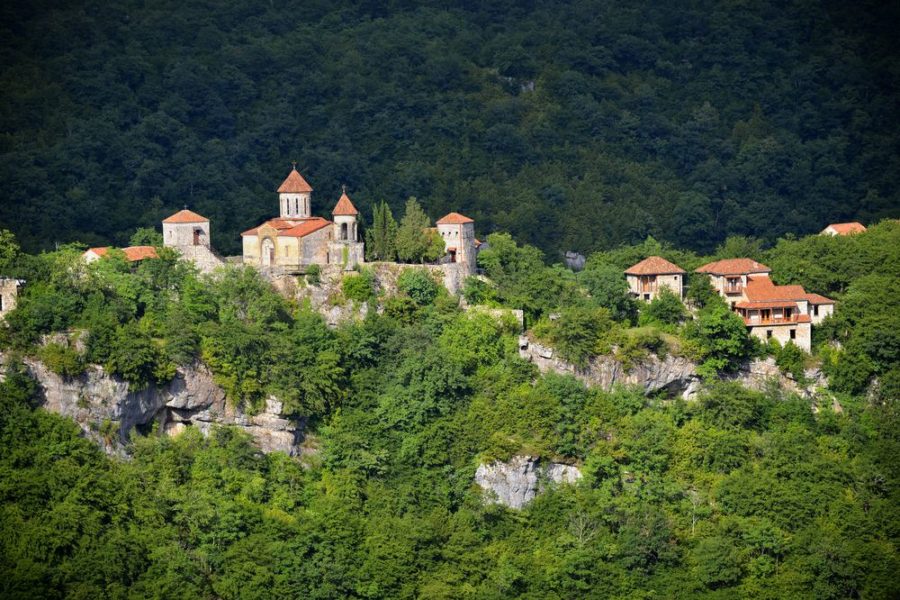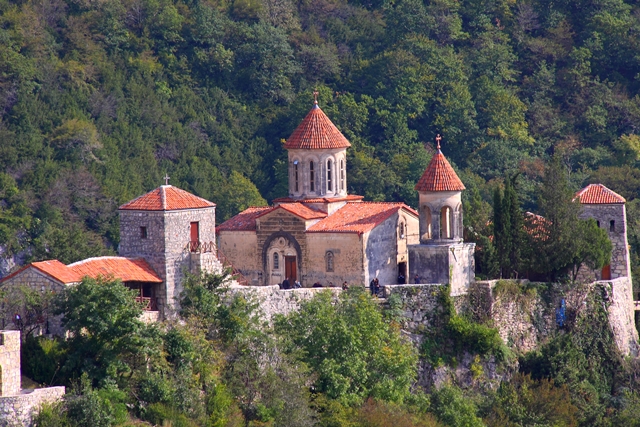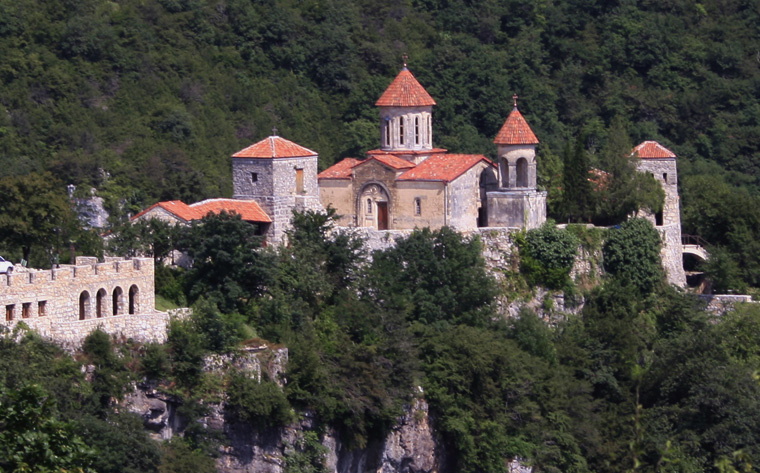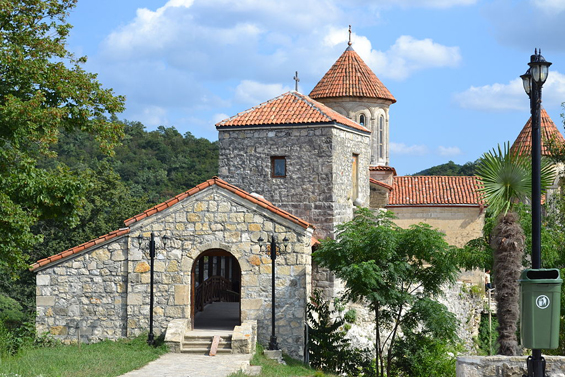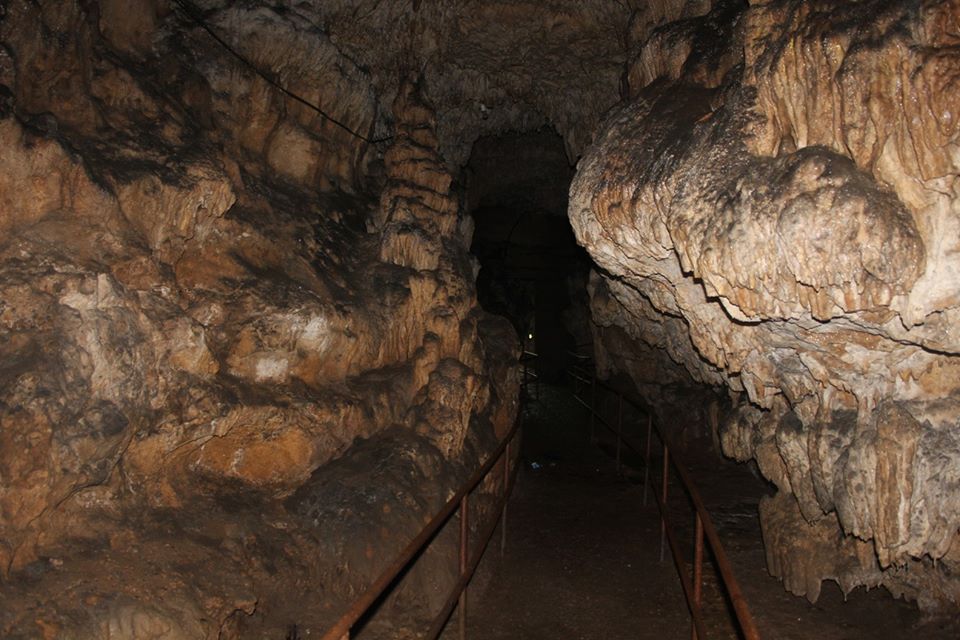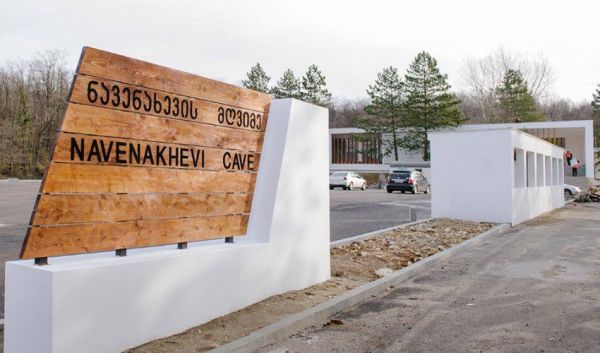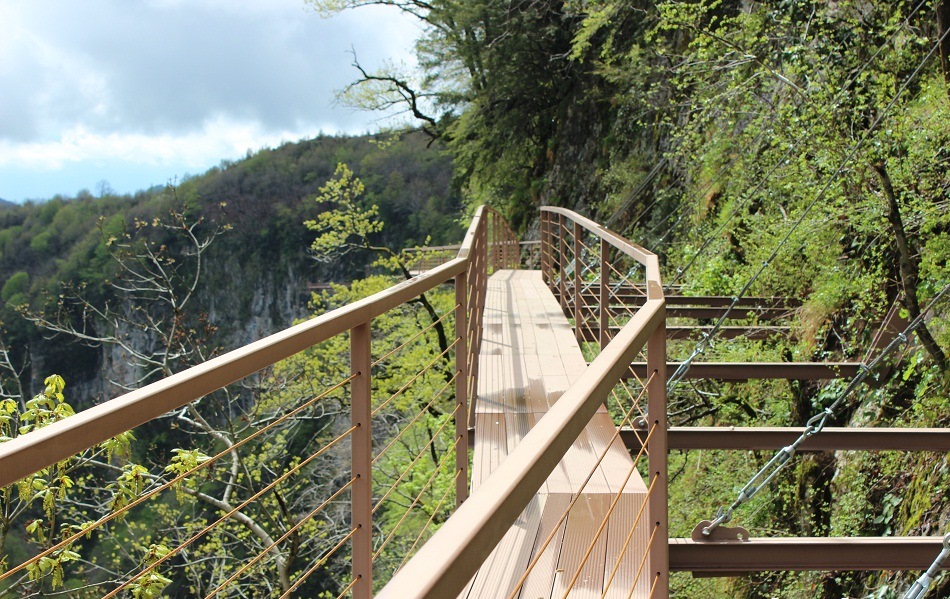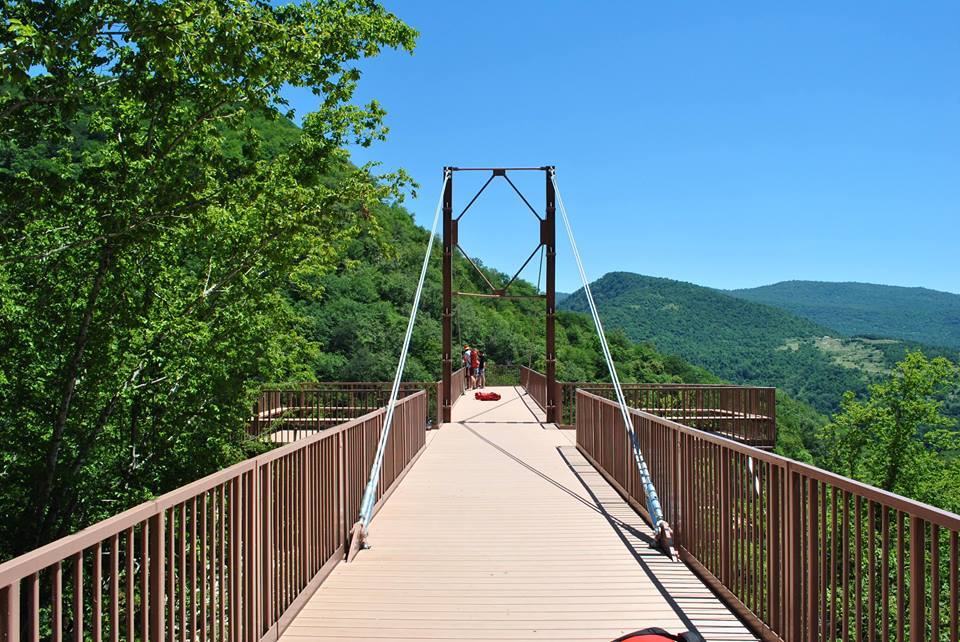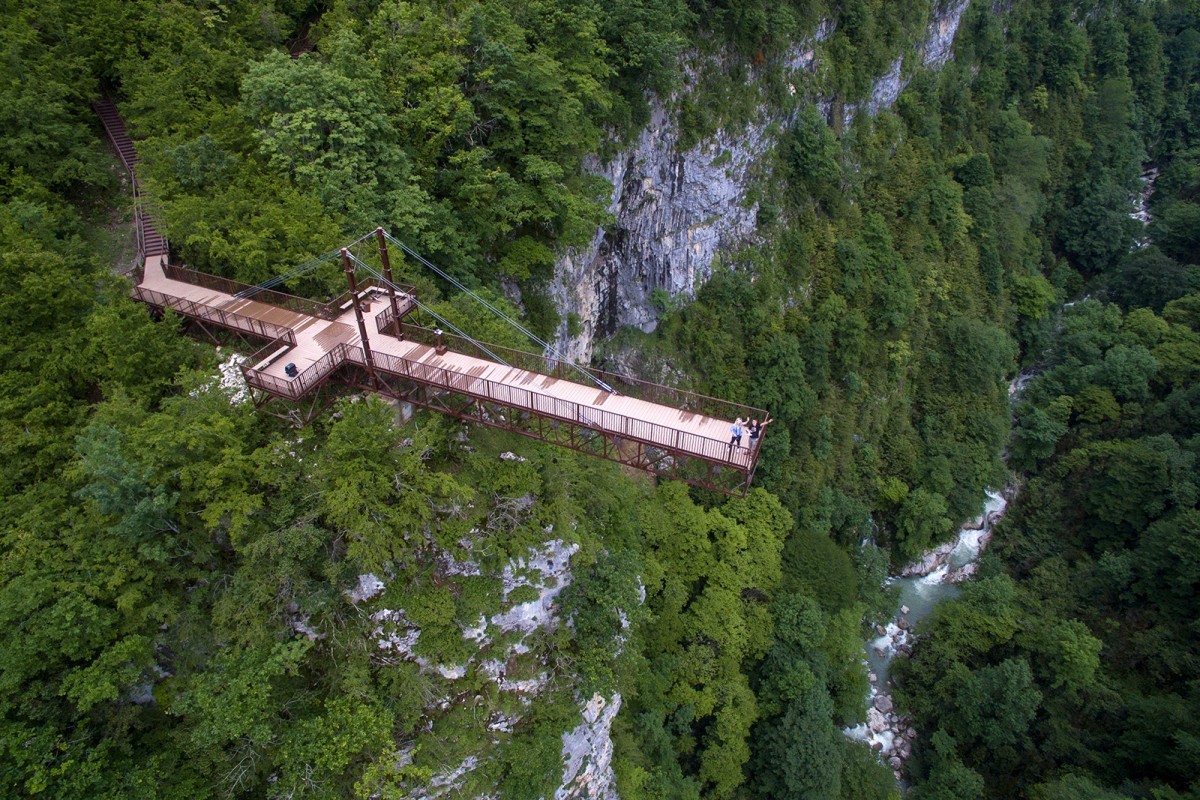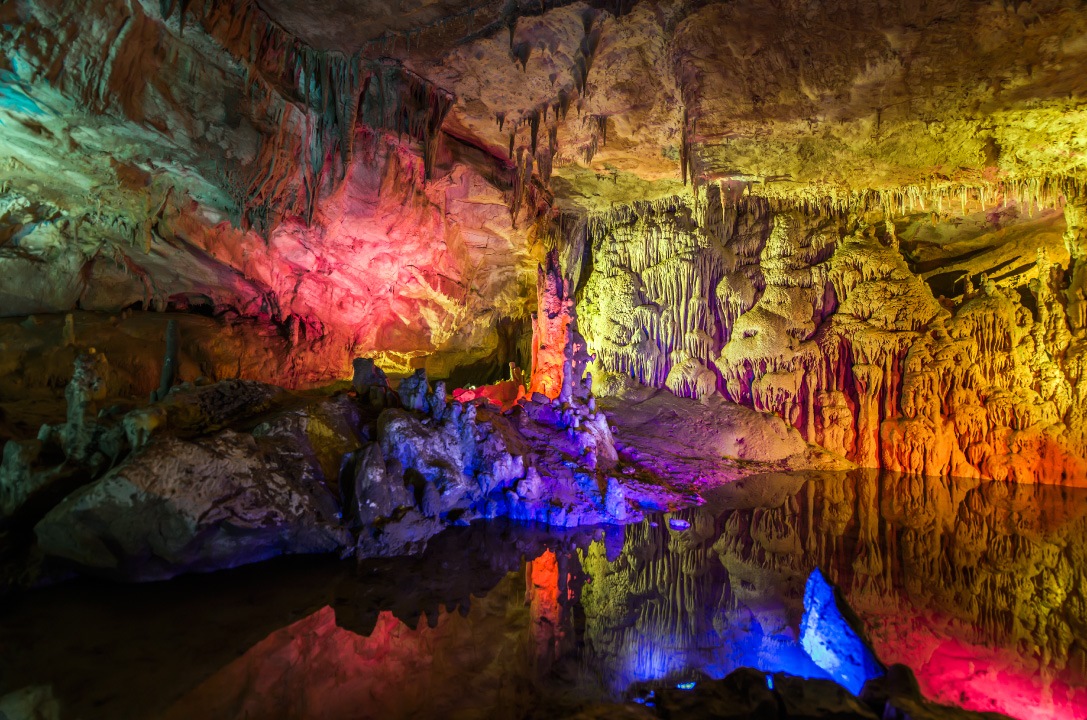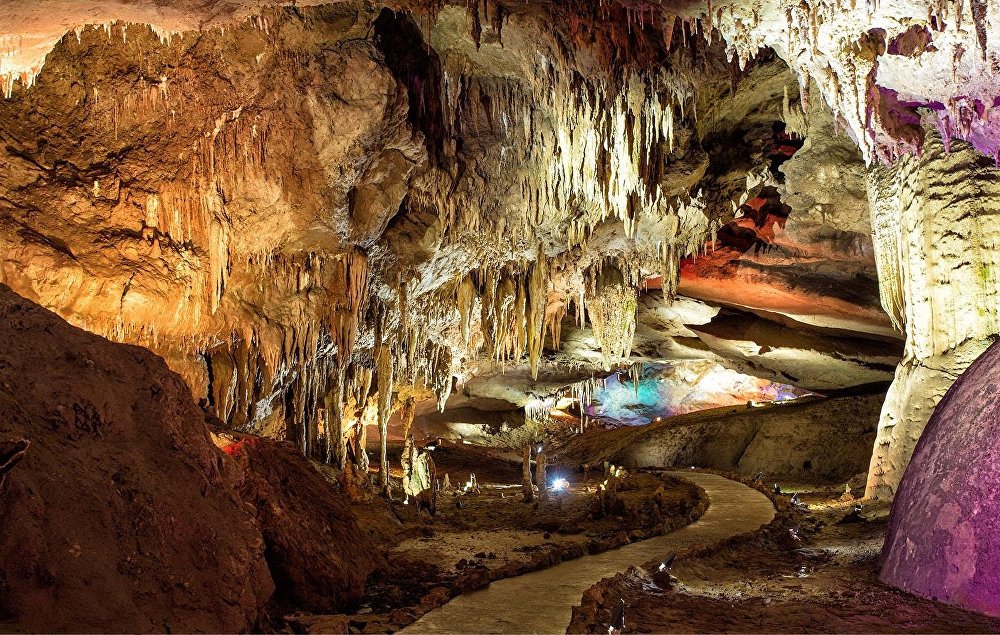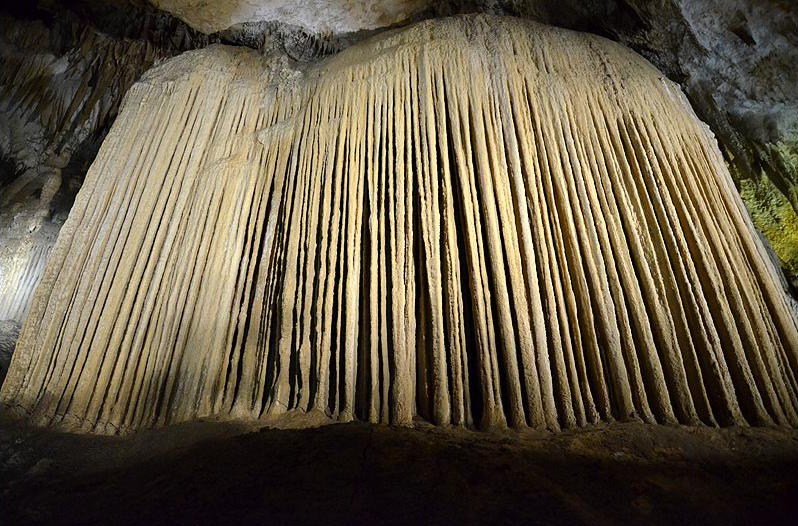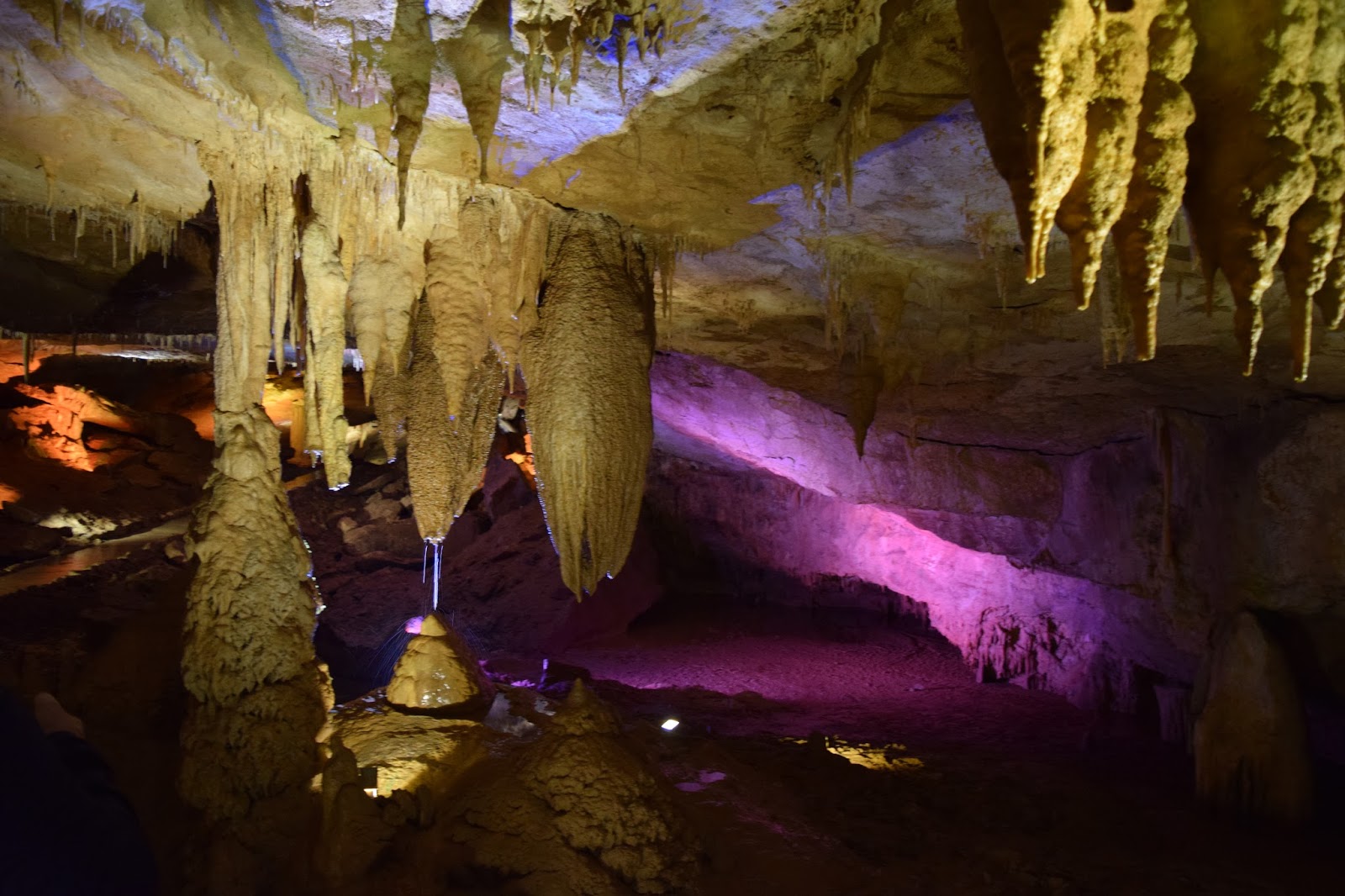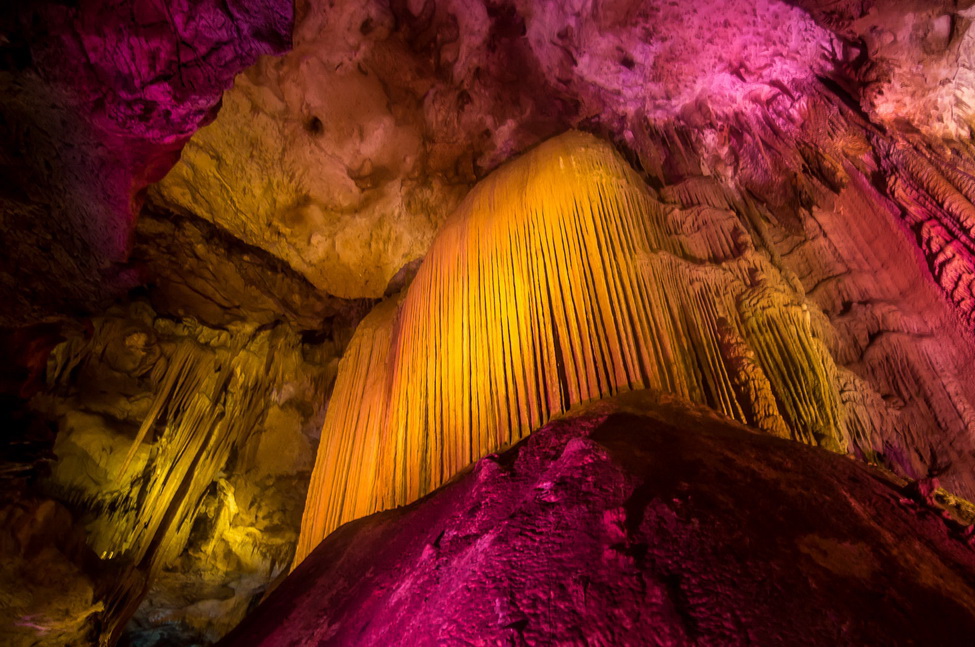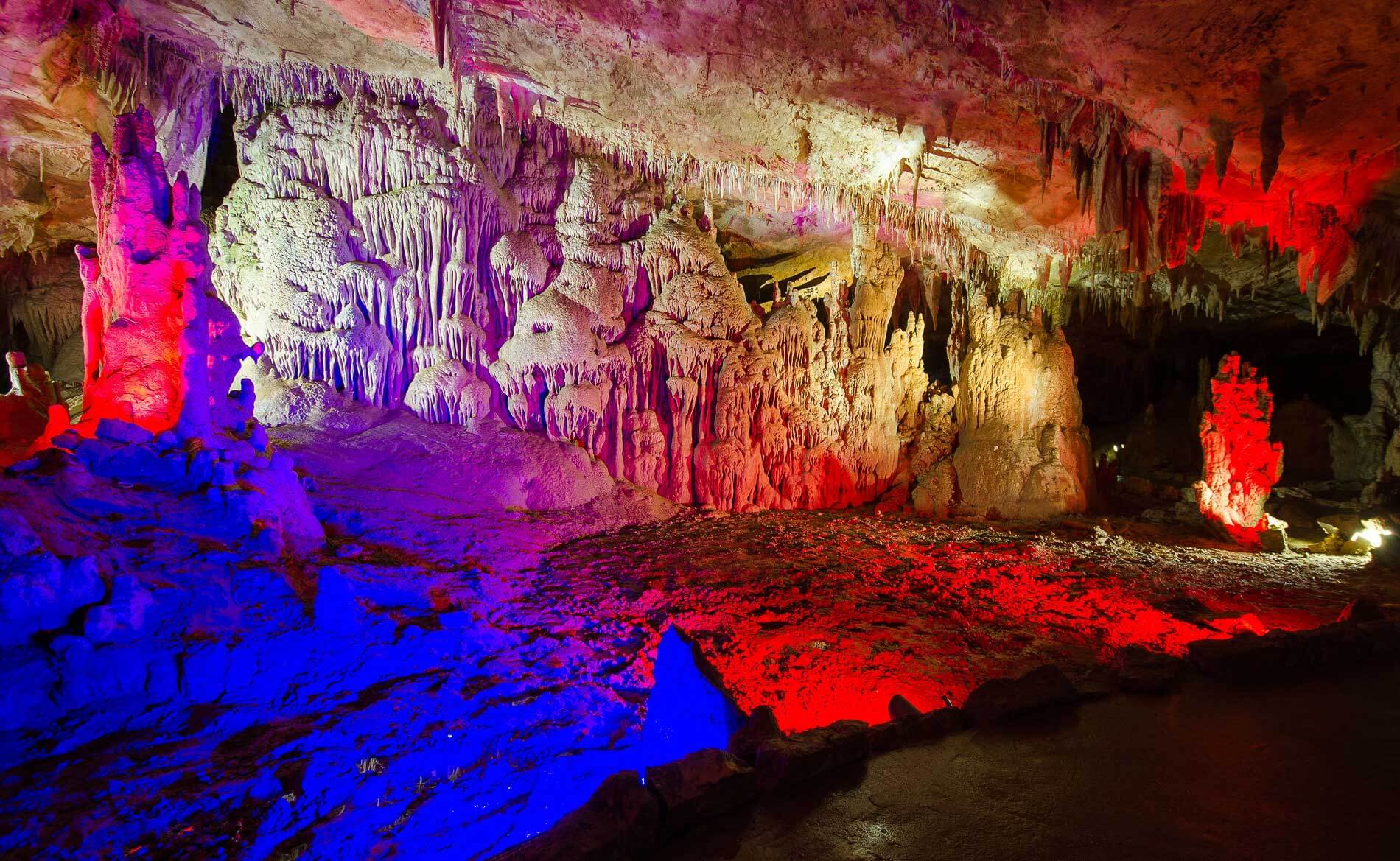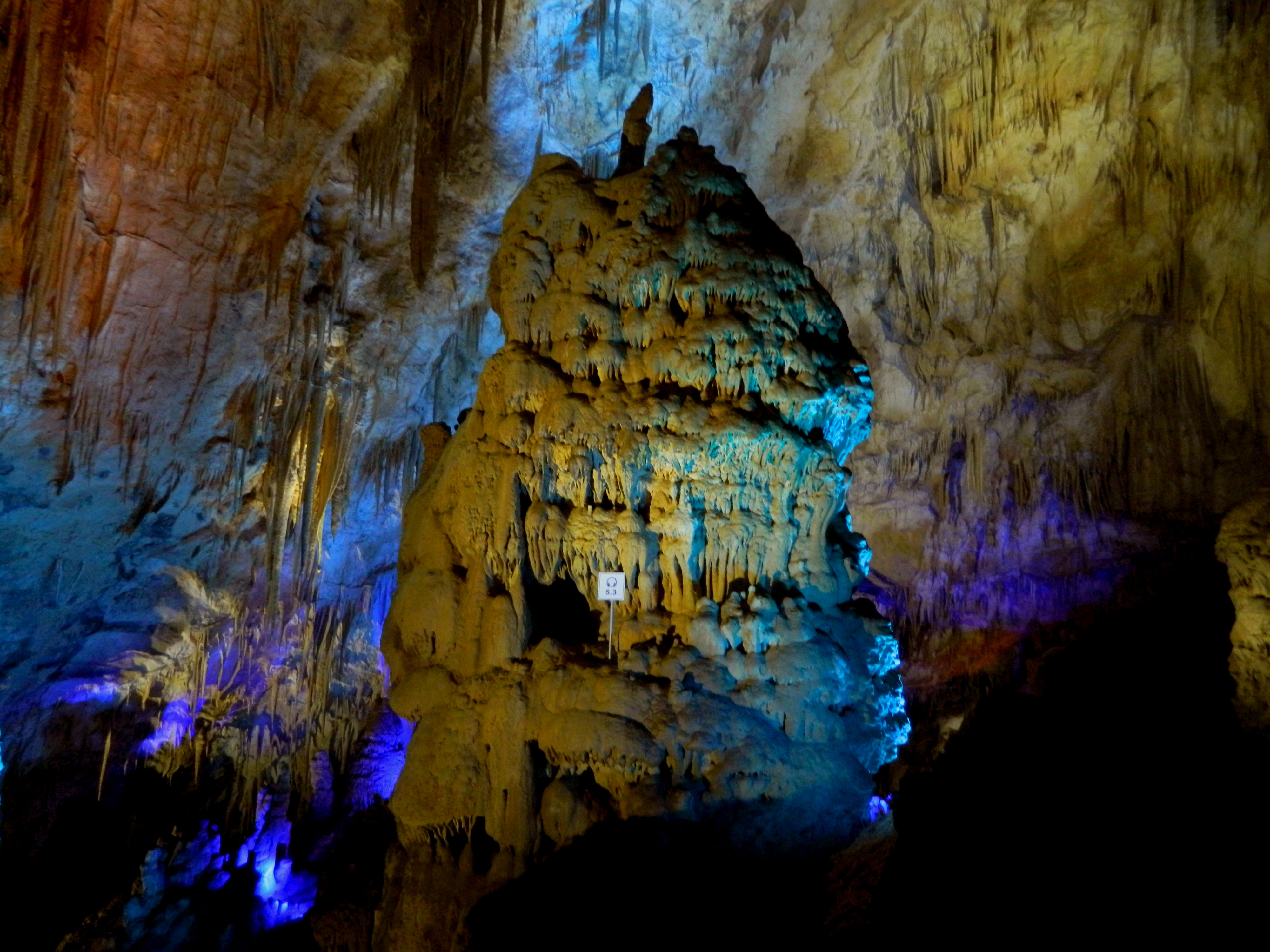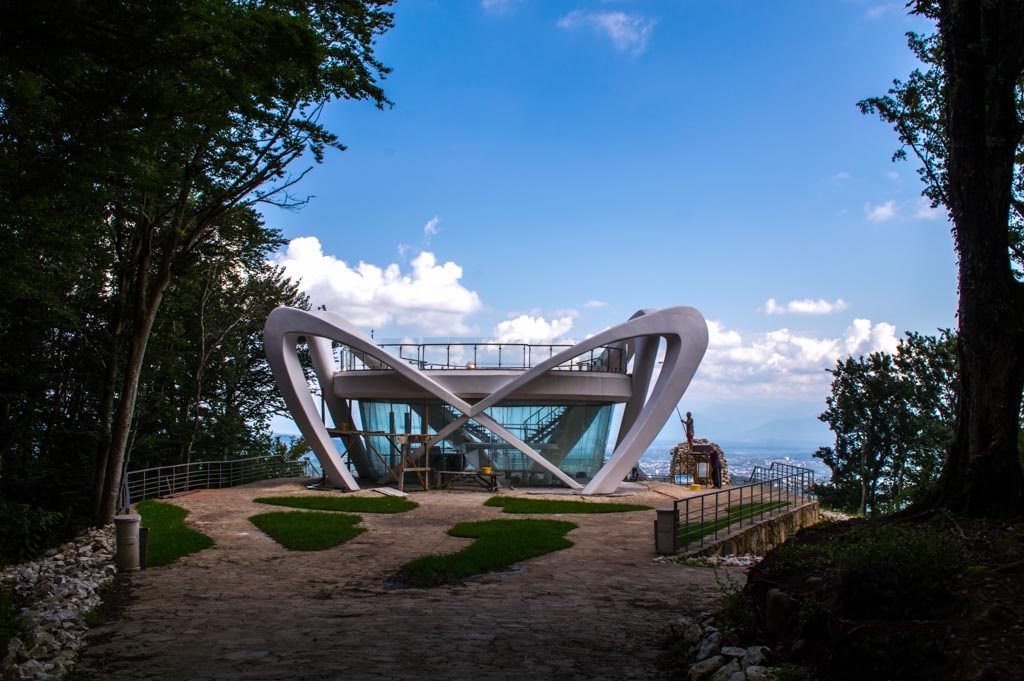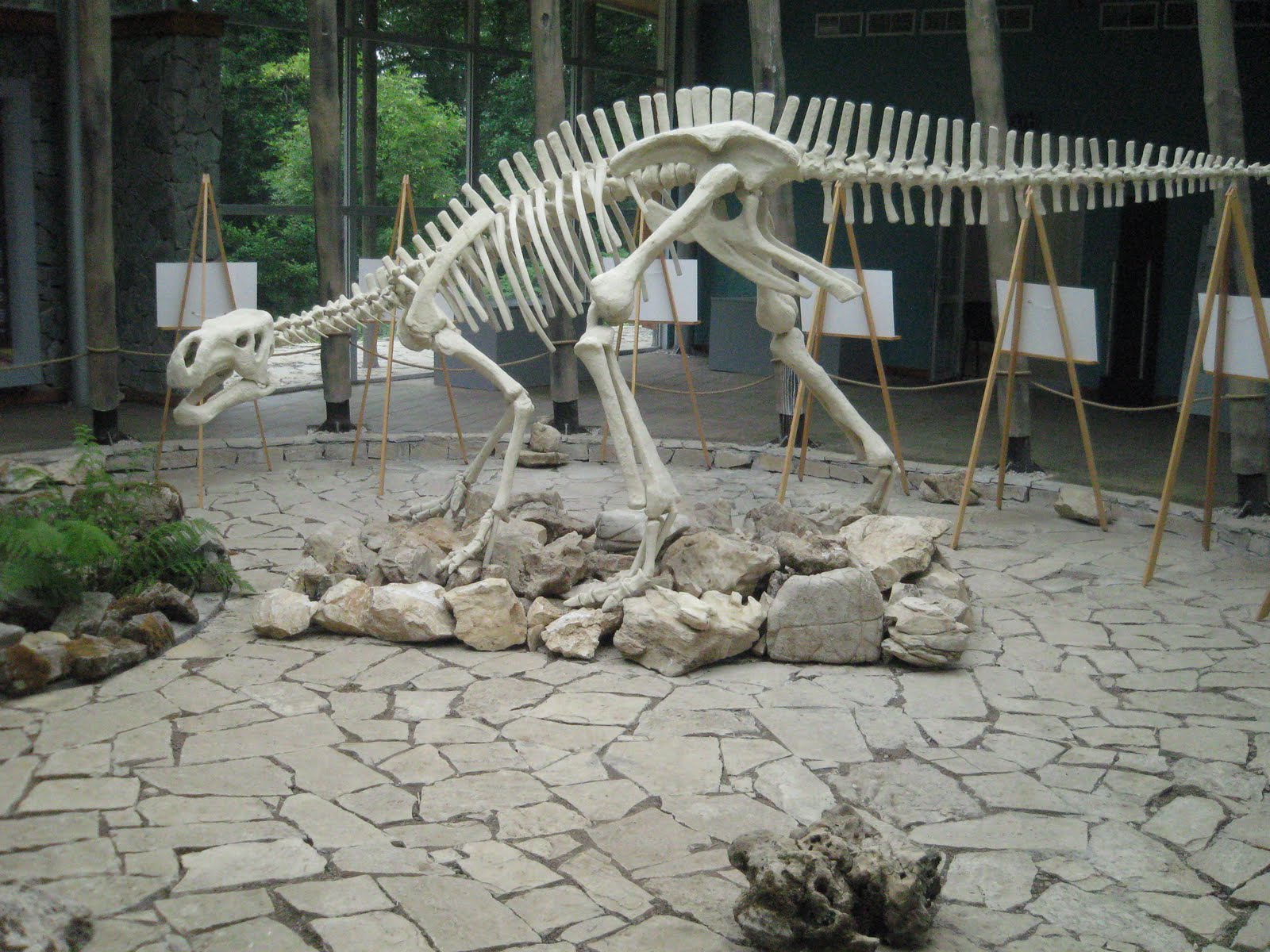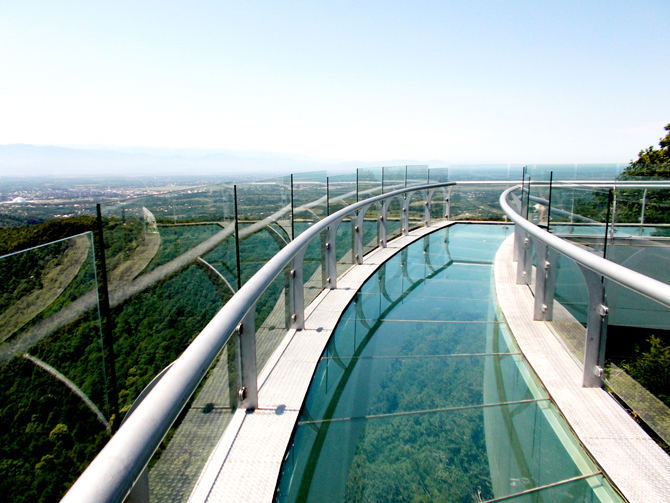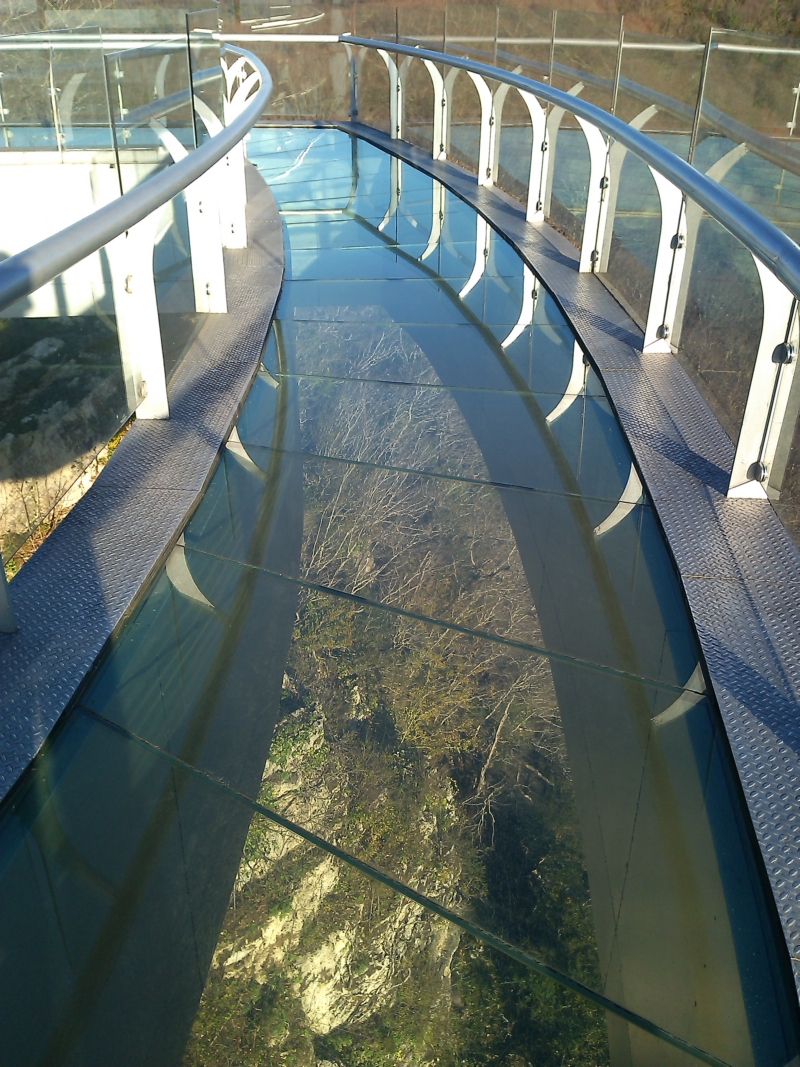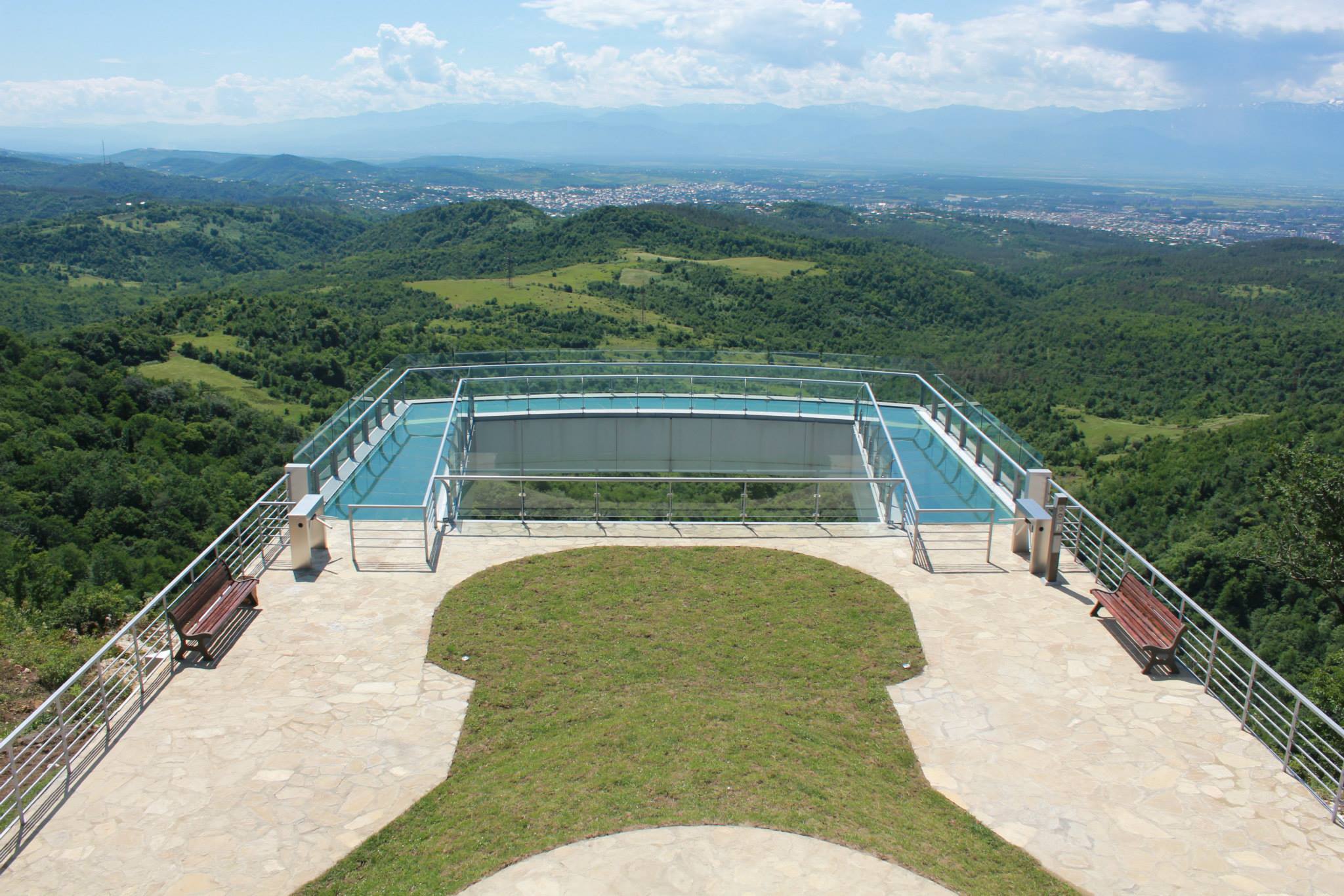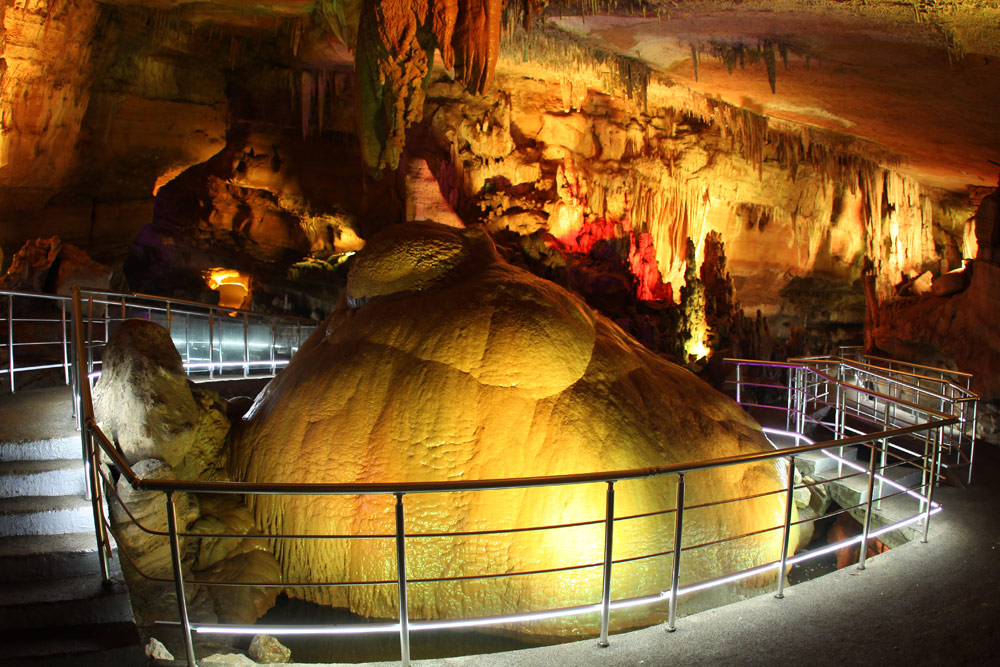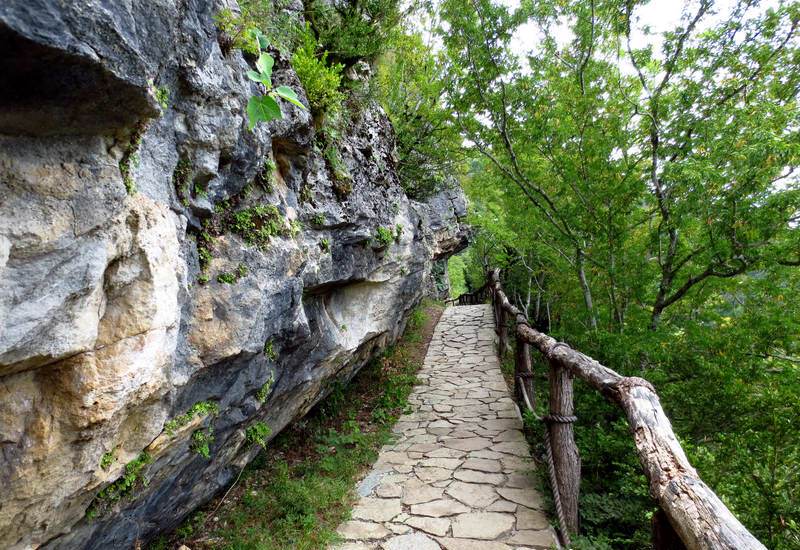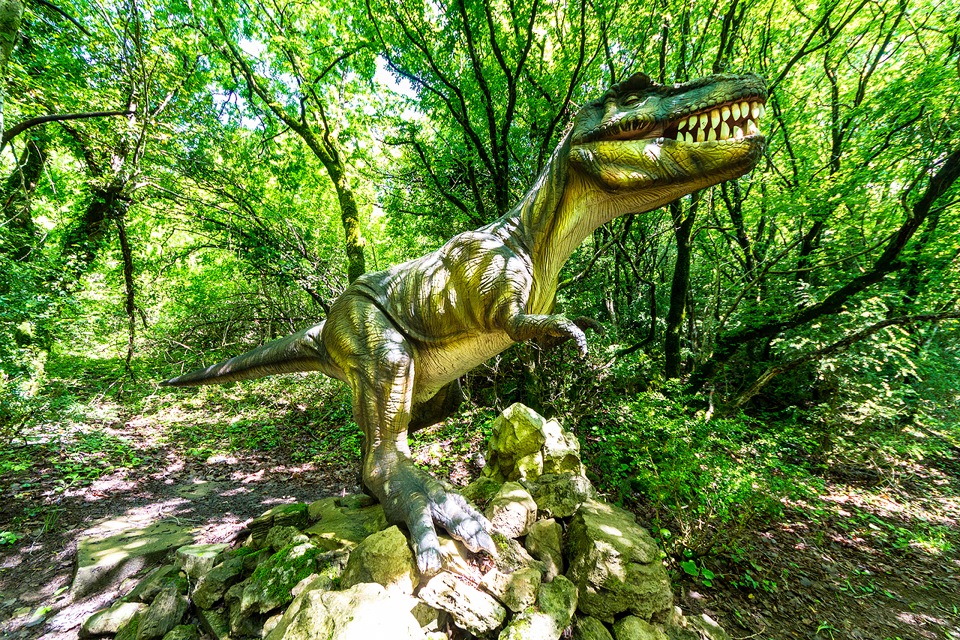BAGRATI CATHEDRAL
GELATI MONASTERY
The Gelati Monastery is in Kutaisi, Imereti Province, Georgia. It signifies the value of the Georgian christian orthodox religion. Inside the monastery is full of murals and an abundance amount imagery surrounding the interior of the church. It was one of the first monastery in Georgia and adds great value to the Georgian culture and beauty.
The nickname of The Gelati Monastery is the “Golden Age of Georgia”. The monastery was built during the byzantine empire which is known for the use of gold aesthetic in their paintings and buildings. It was built to show how christianity encompassed all of this land and that Georgia was filled with christian gospel all around even high up in the mountains. As the monastery is covered in arches that stretch over mountains show how encompassing the monastery is over the mountains and over the hills.
KATSKHI PILLAR AND KATSKHI MONASTERY
KINTCHKHA WATERFALLS
KUTAISI
Kutaisi was the capital of the ancient Kingdom of Colchis. Archaeological evidence indicates that the city functioned as the capital of the kingdom of Colchis in the sixth to fifth centuries BC. Several historians believe that, in Argonautica, a Greek epic poem about Jason and the Argonauts and their journey to Colchis, author Apollonius Rhodius considered Kutaisi their final destination as well as the residence of King Aeëtes. From 978 to 1122 CE, Kutaisi was the capital of the united Kingdom of Georgia, and from the 15th century until 1810, it was the capital of the Imeretian Kingdom. In 1508, the city was conquered by Selim I, who was the son of Bayezid II, the sultan of the Ottoman Empire.
During the seventeenth century, Imeretian kings made many appeals to Russia to help them in their struggle for independence from the Ottomans. All these appeals were ignored as Russia did not want to spoil relations with Turkey. Only in the reign of Catherine the Great, in 1768, were troops of general Gottlieb Heinrich Totleben sent to join the forces of King Heraclius II of Georgia, who hoped to reconquer the Ottoman-held southern Georgian lands, with Russian help. Totleben helped King Solomon I of Imereti to recover his capital, Kutaisi, on August 6, 1770.
Finally, the Russian-Turkish wars ended in 1810 with the annexation of the Imeretian Kingdom by the Russian Empire. The city was the capital of the Kutais Governorate, which included much of west Georgia. In March 1879, the city was the site of a blood libel trial that attracted attention all over Russia; the ten accused Jews were acquitted.
Kutaisi was a major industrial center before Georgia’s independence in 1991. Independence was followed by the economic collapse of the country, and, as a result, many inhabitants of Kutaisi have had to work abroad. Small-scale trade prevails among the rest of the population.
MGVIMEVI MONASTERY
MOTSAMETA MONASTERY
NAVENAKHEVI CAVE
OKATSE CANYON
PROMETHEUS CAVE
SATAPLIA NATURE RESERVE
On the territory of the reserve there is a crater of an extinct volcano, a man of the stone age, petrified traces of dinosaurs. There are several karst caves in the reserve. The largest cave of Sataplia was discovered in 1925 and has a length of about 900 m.

